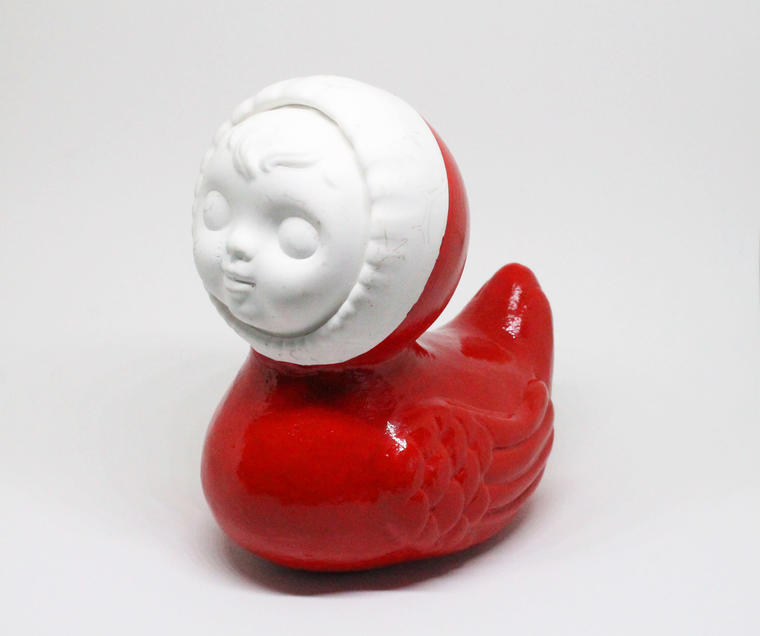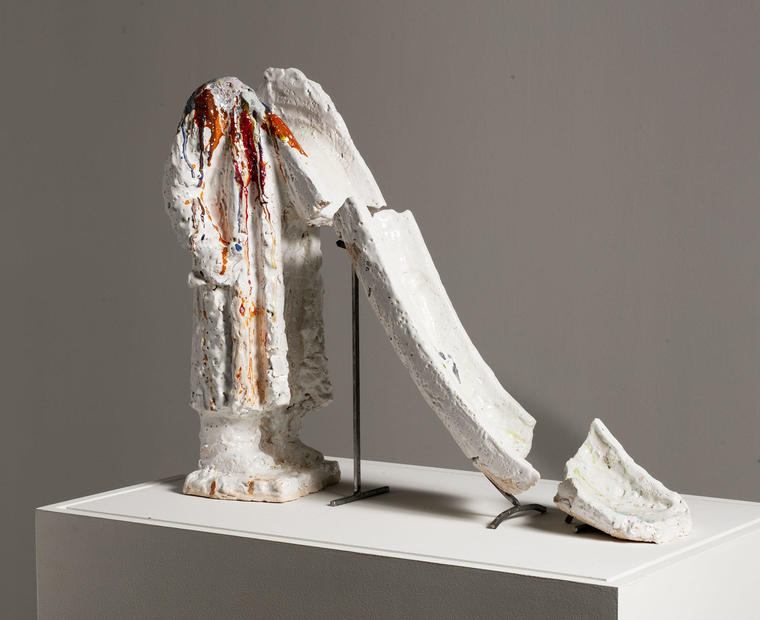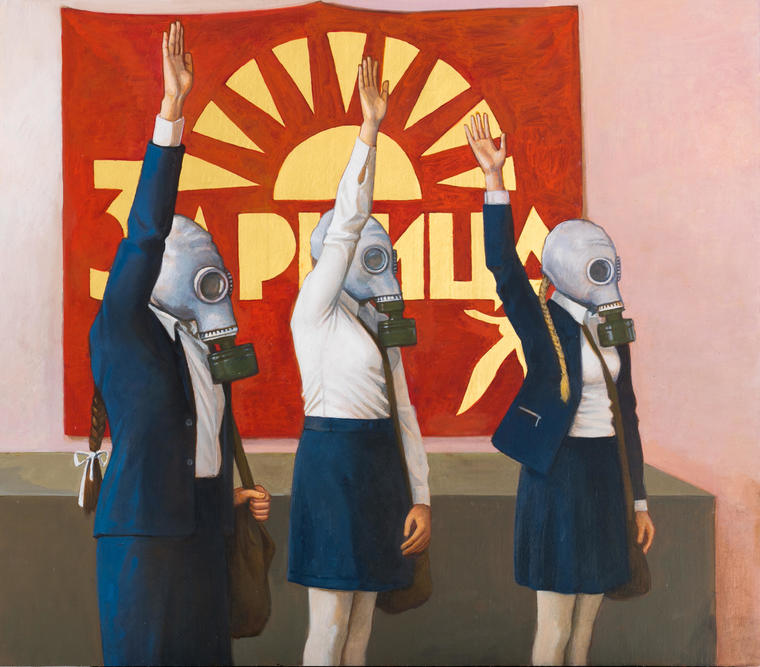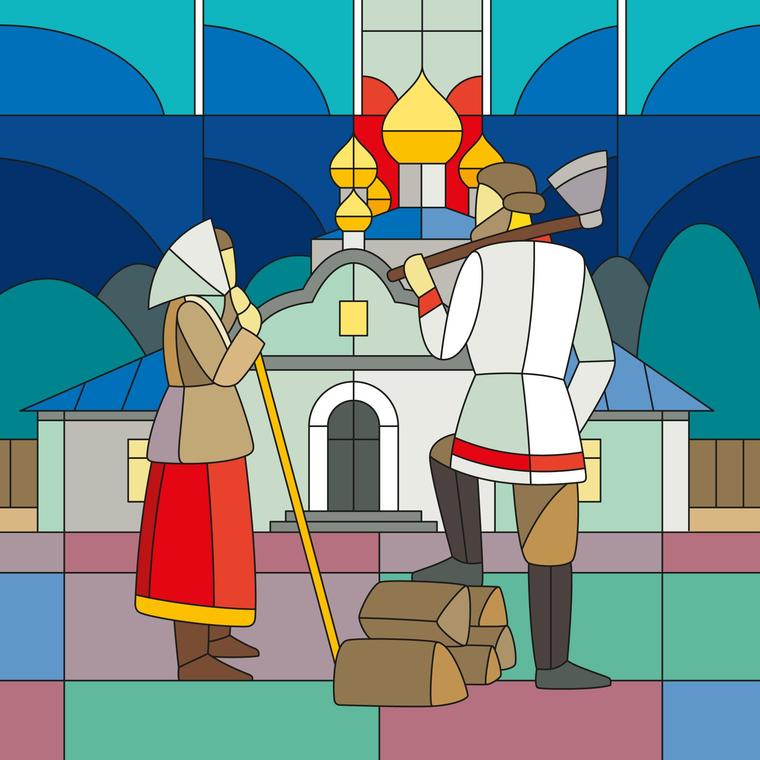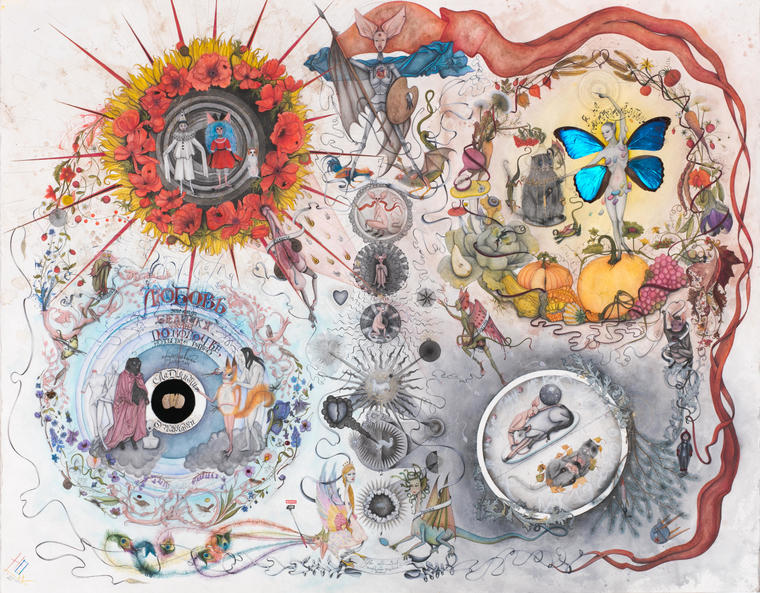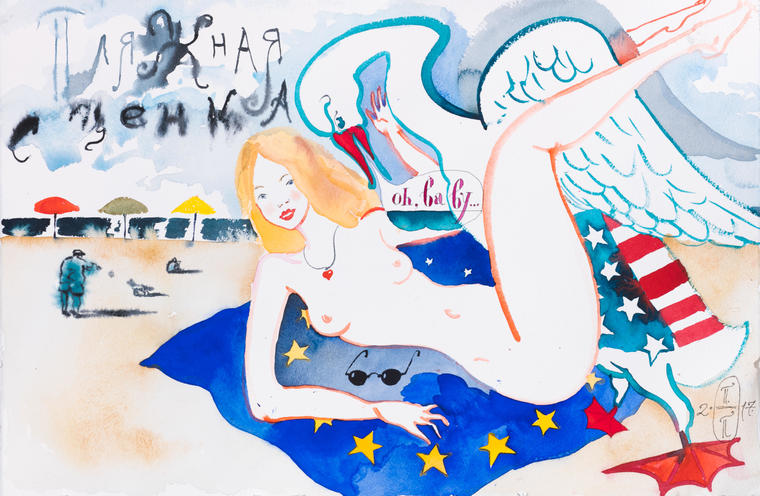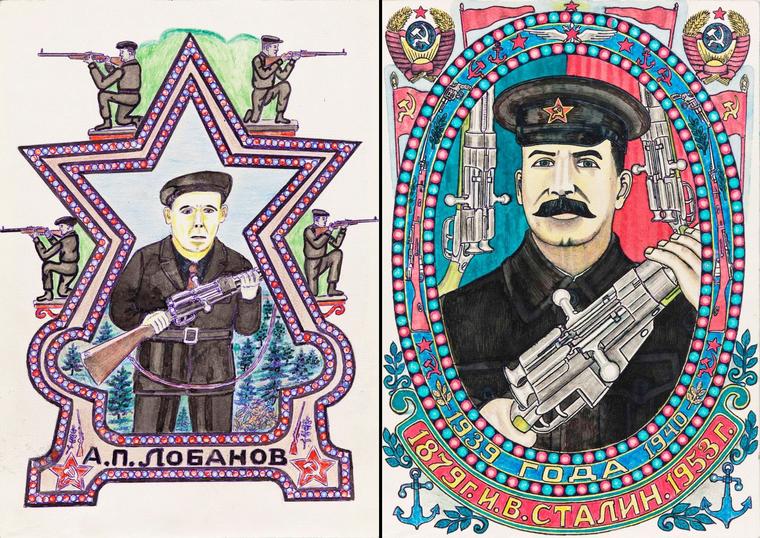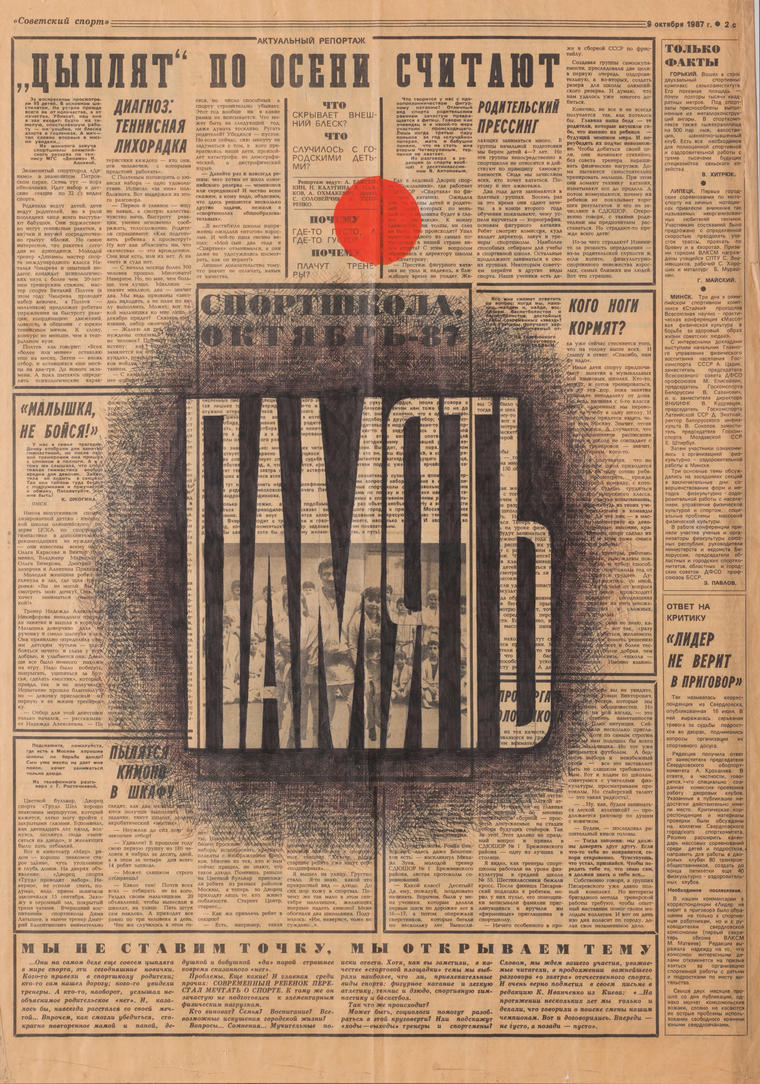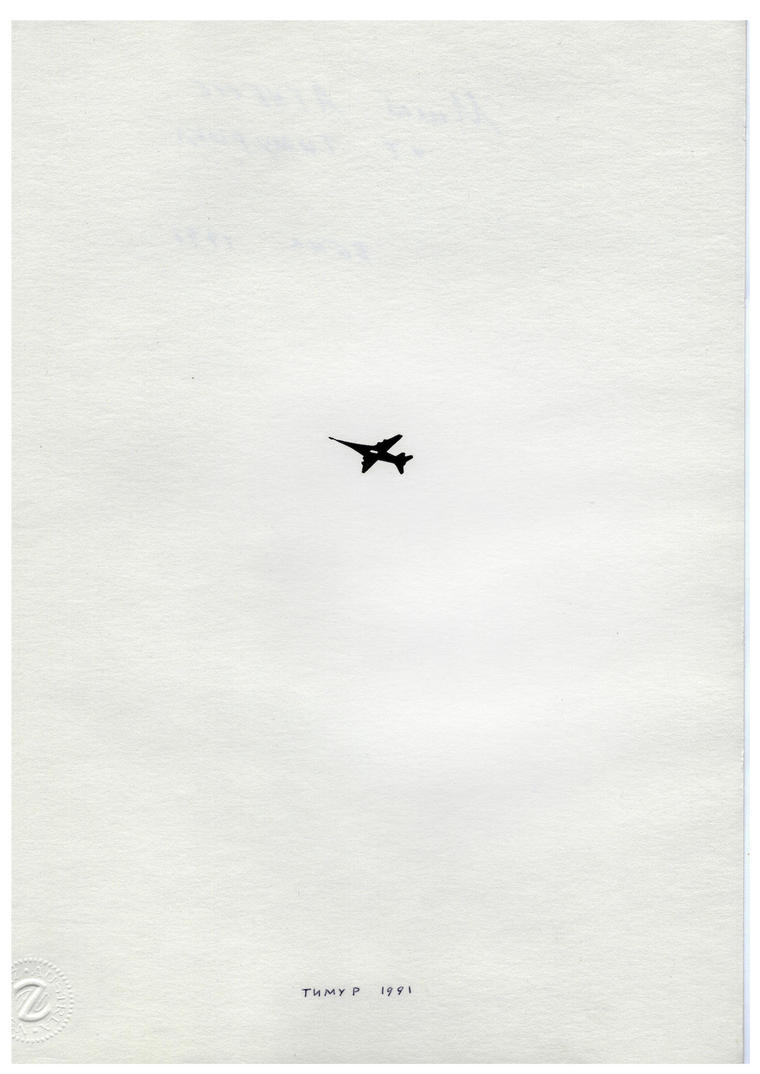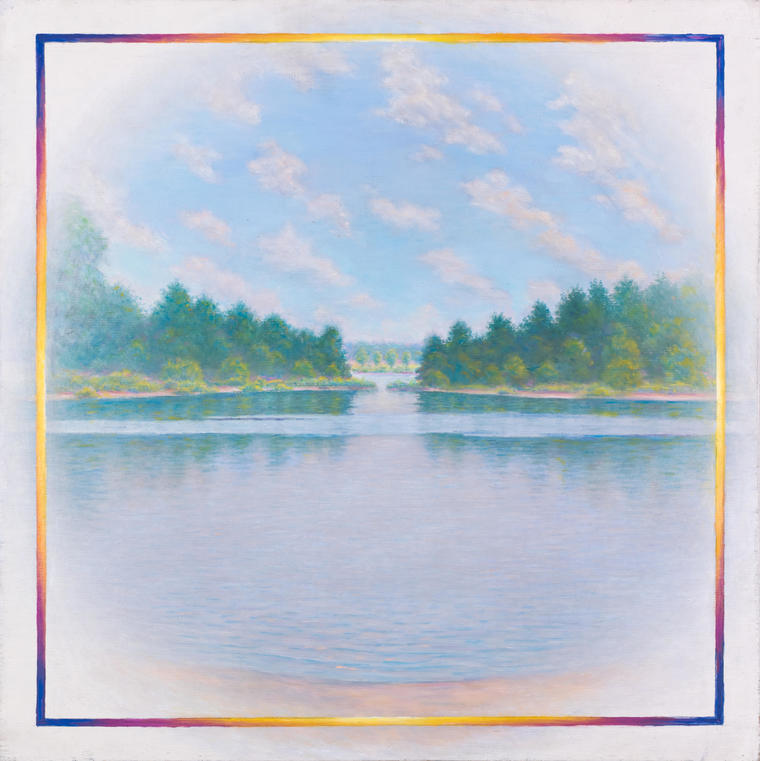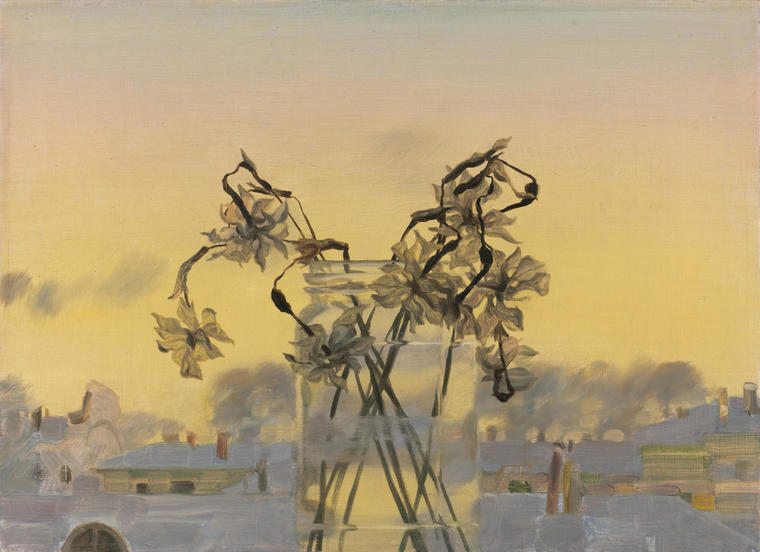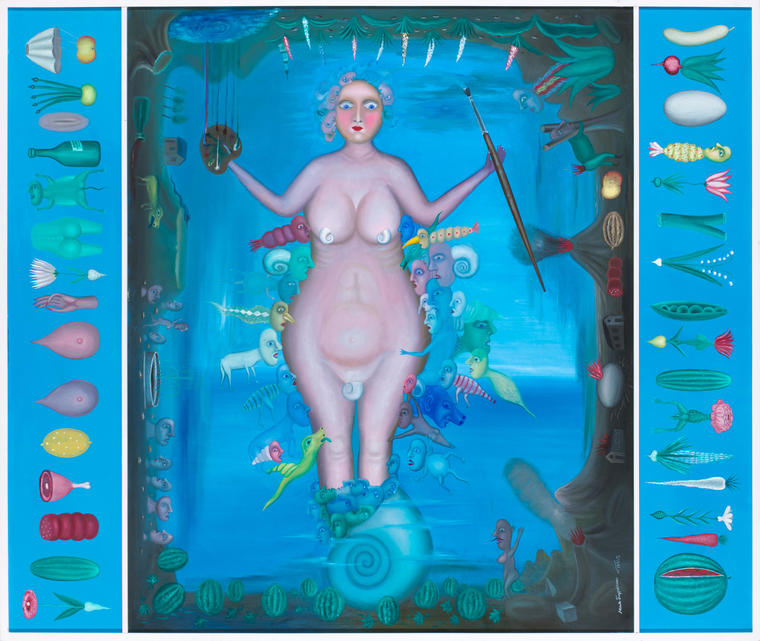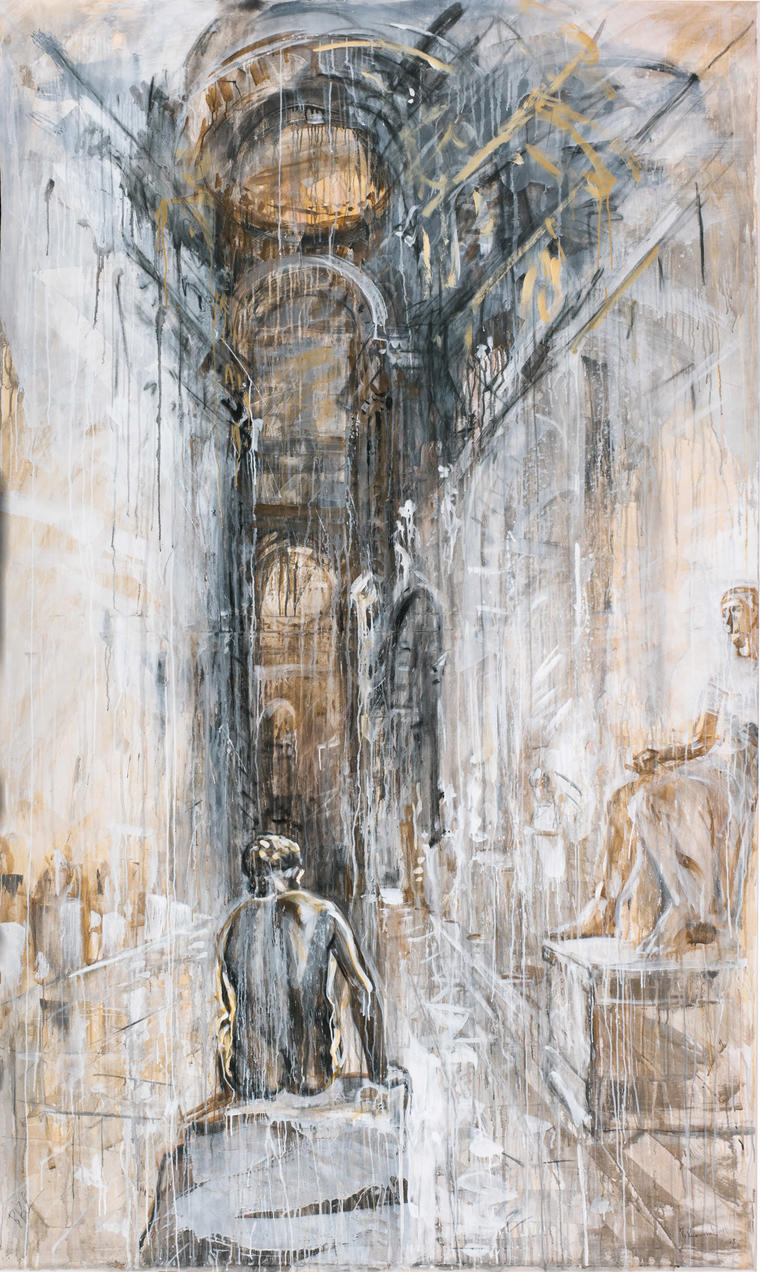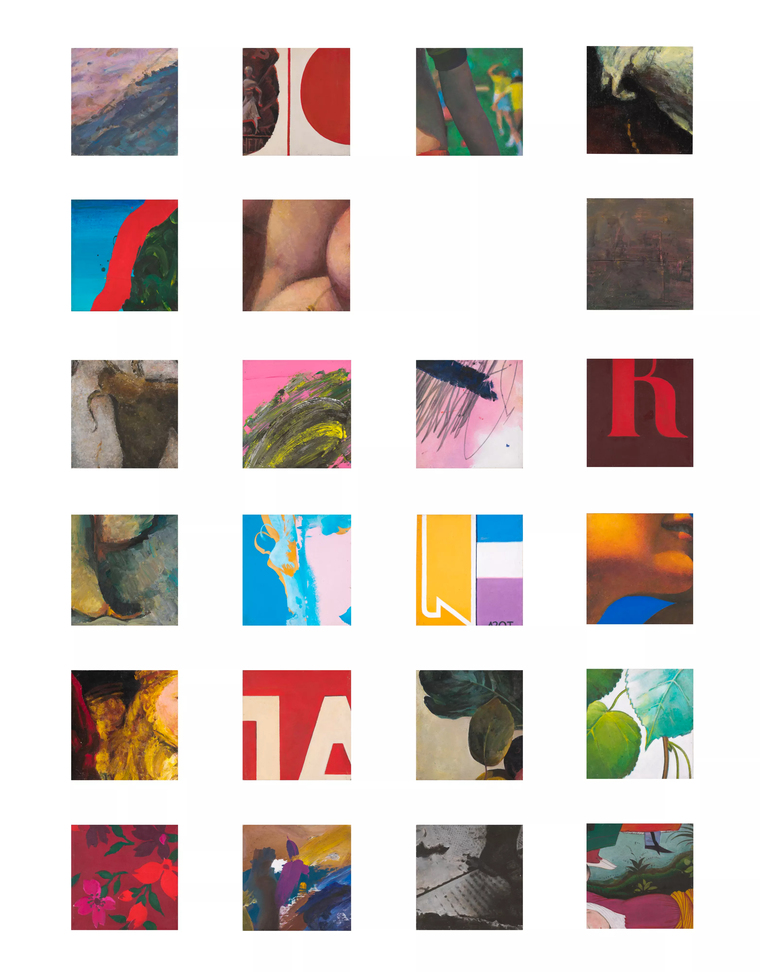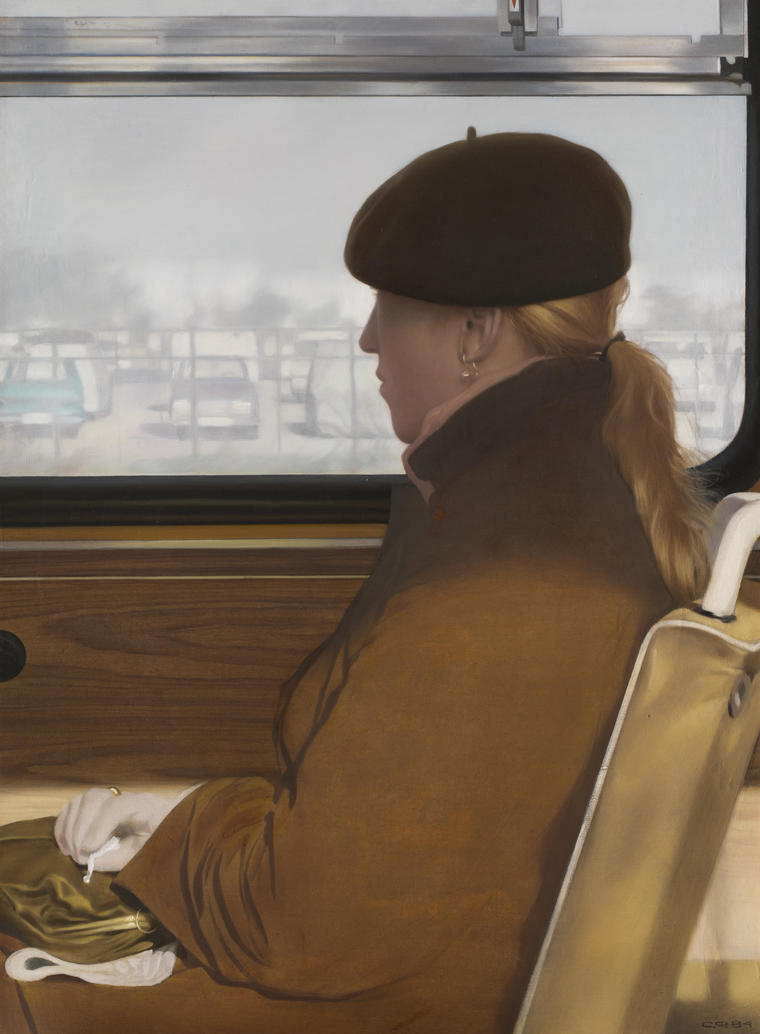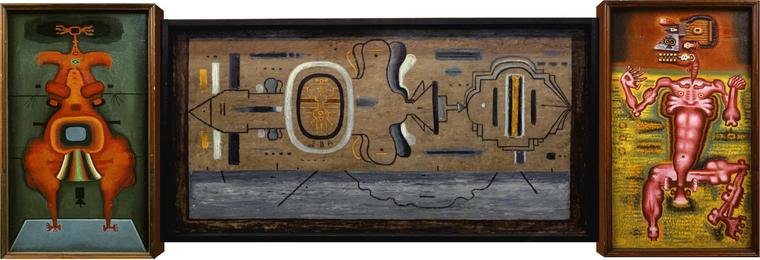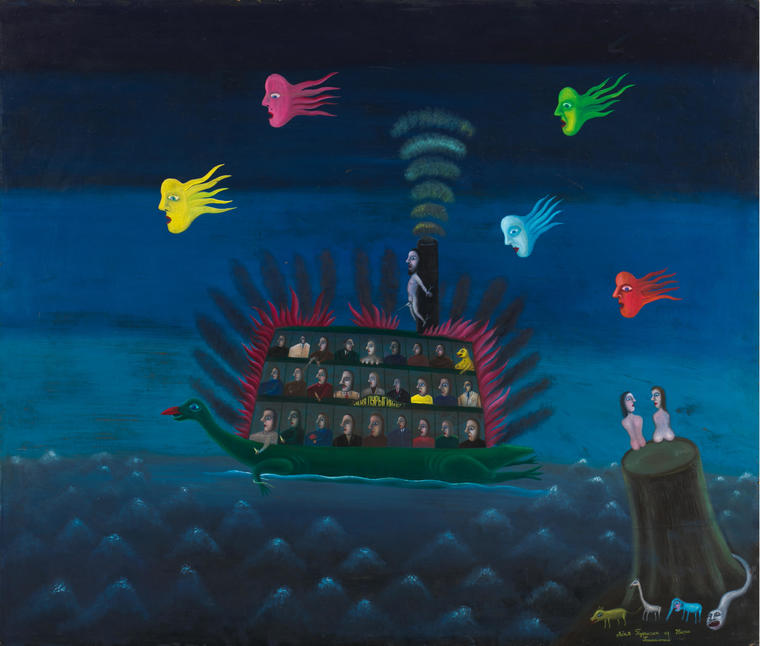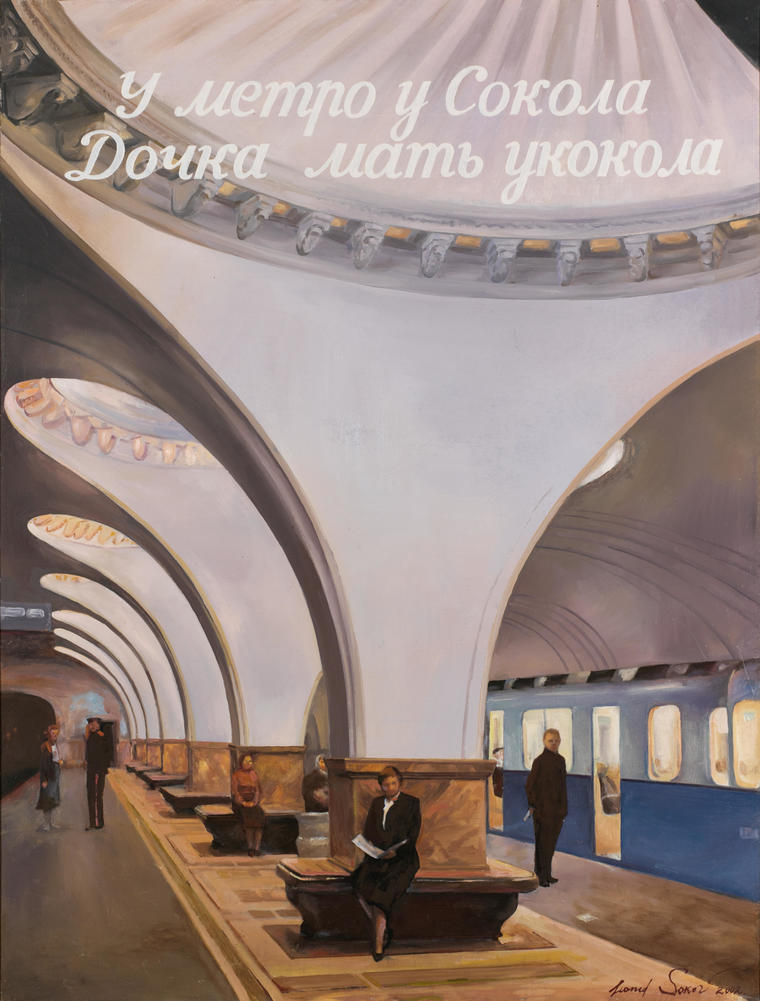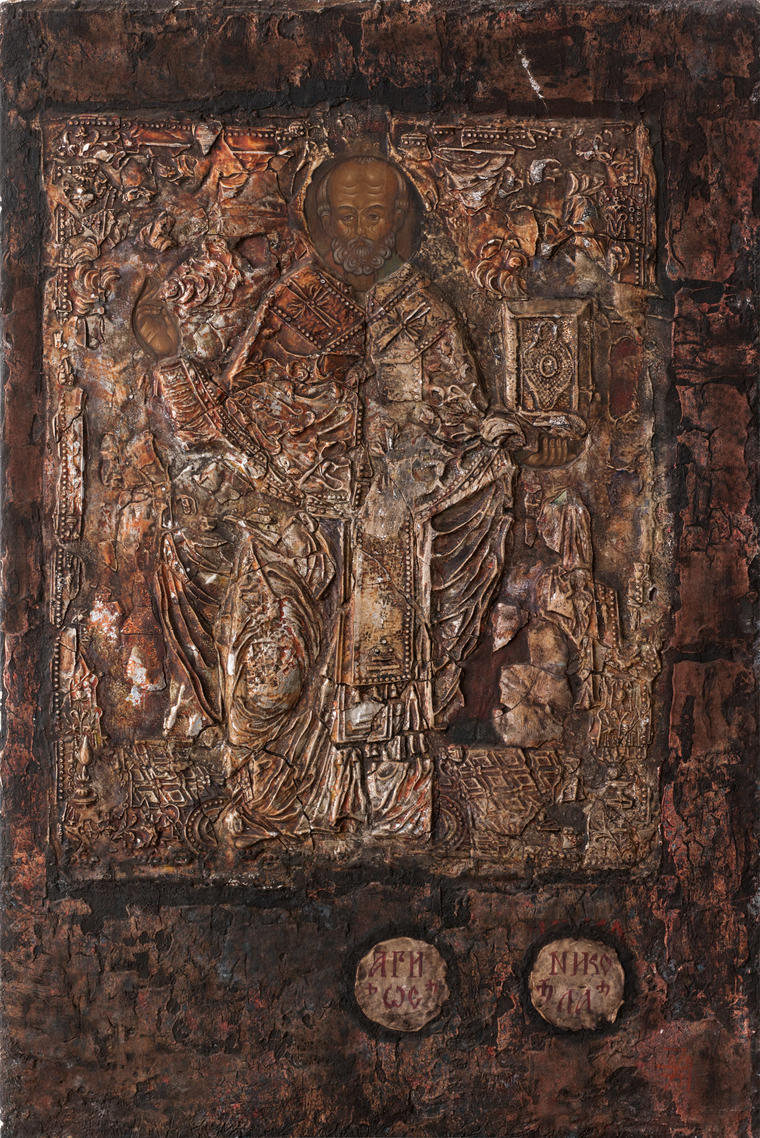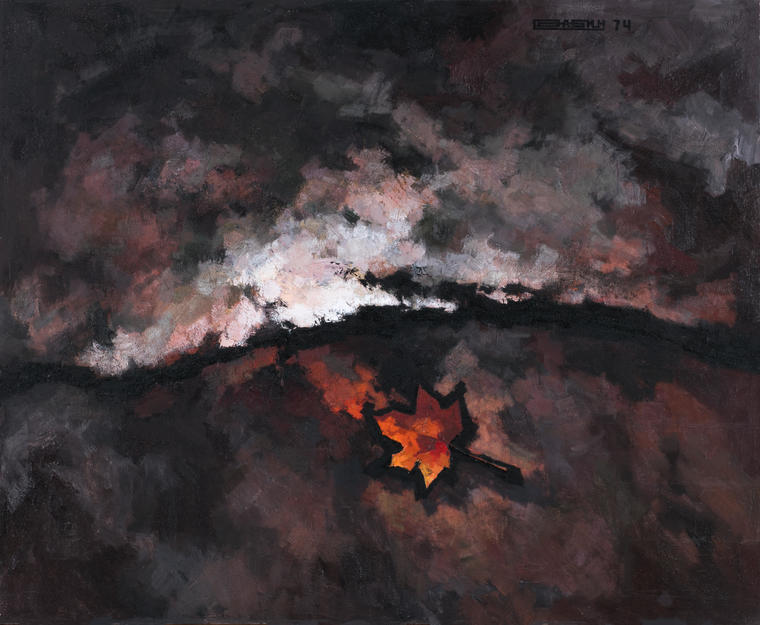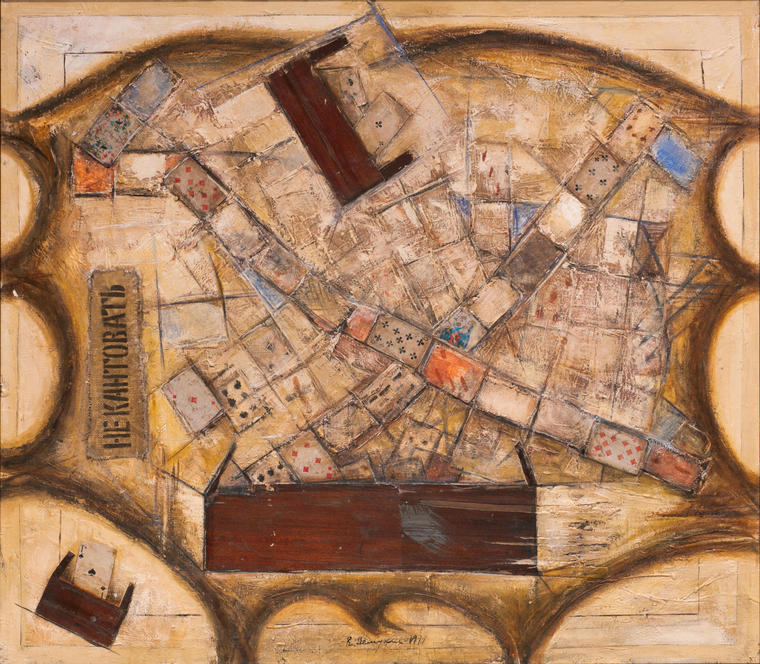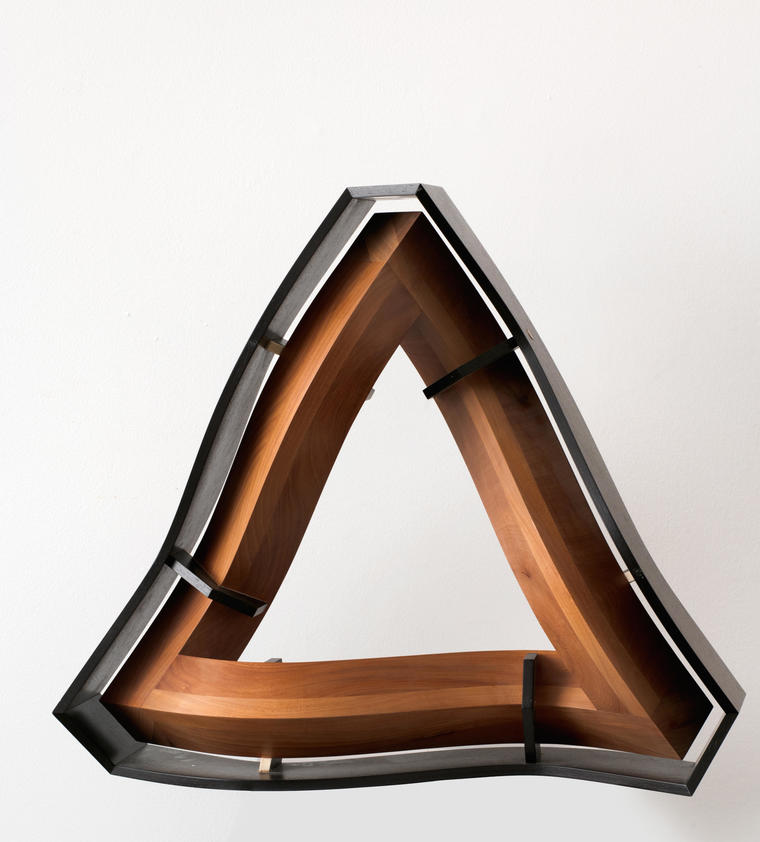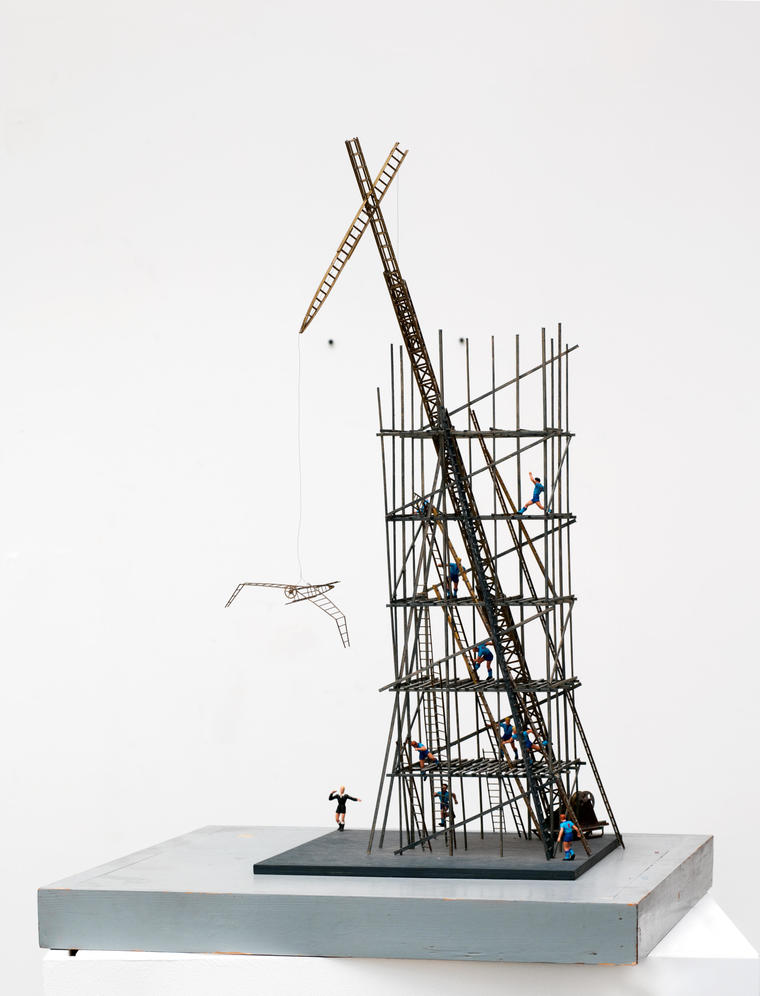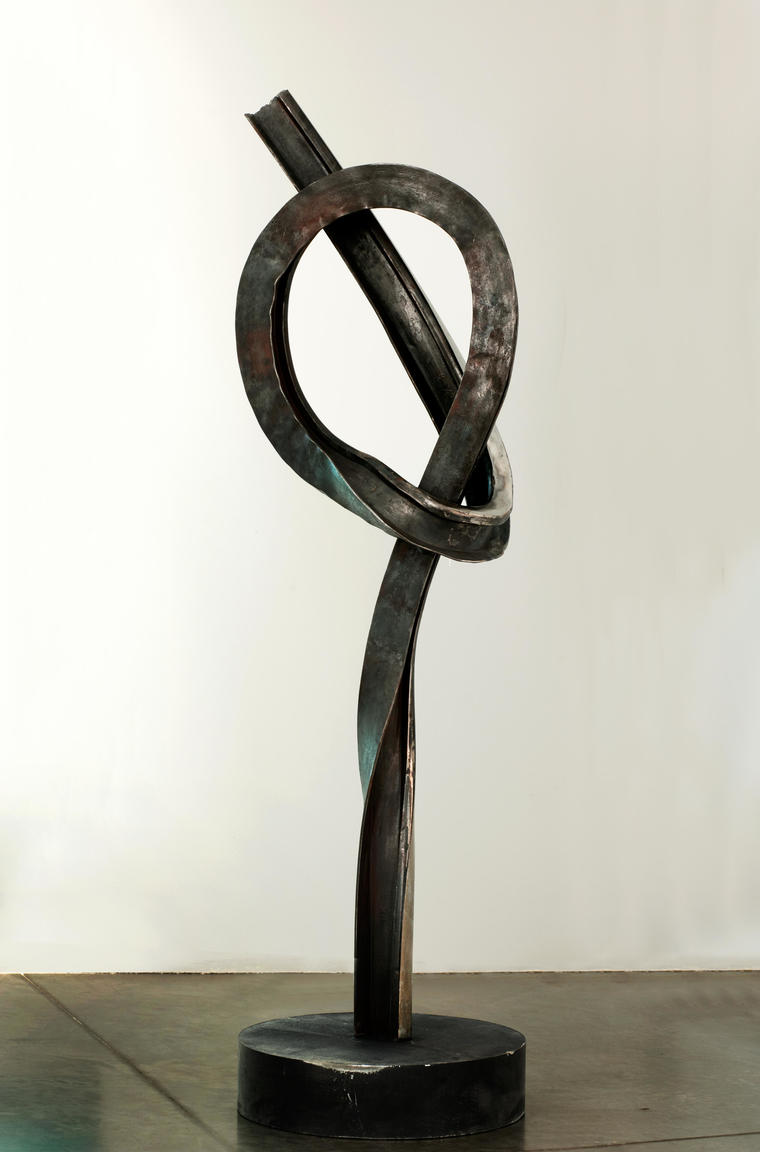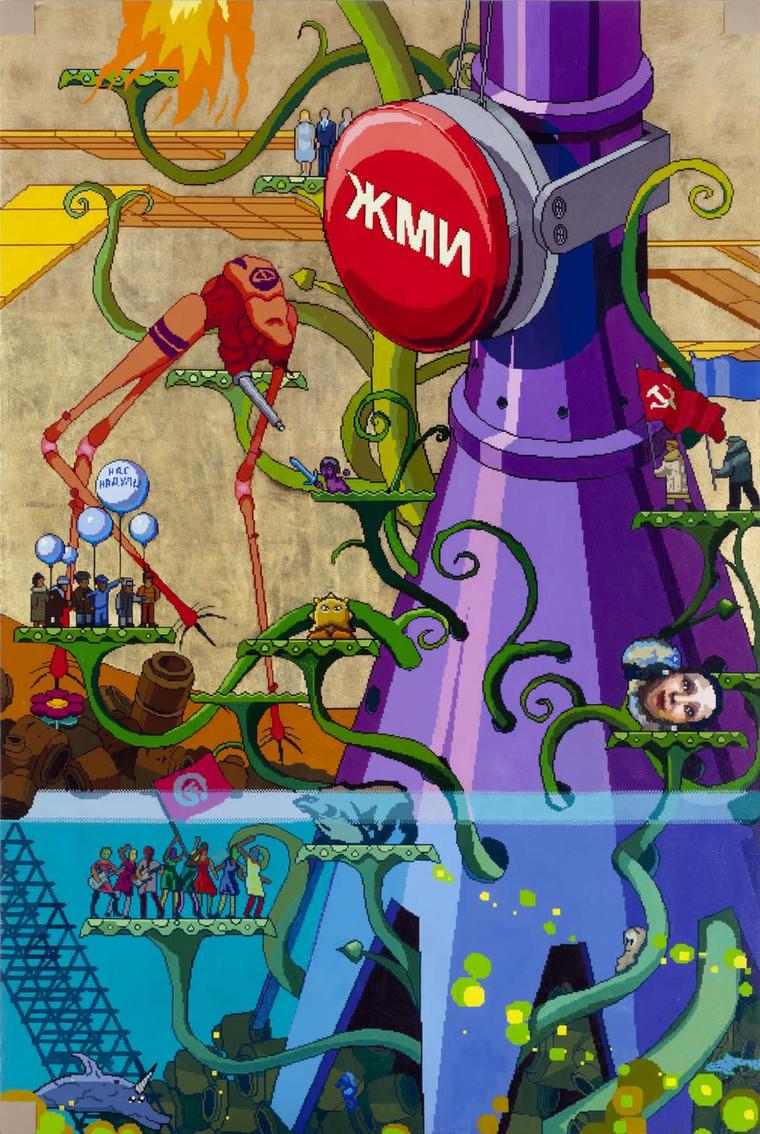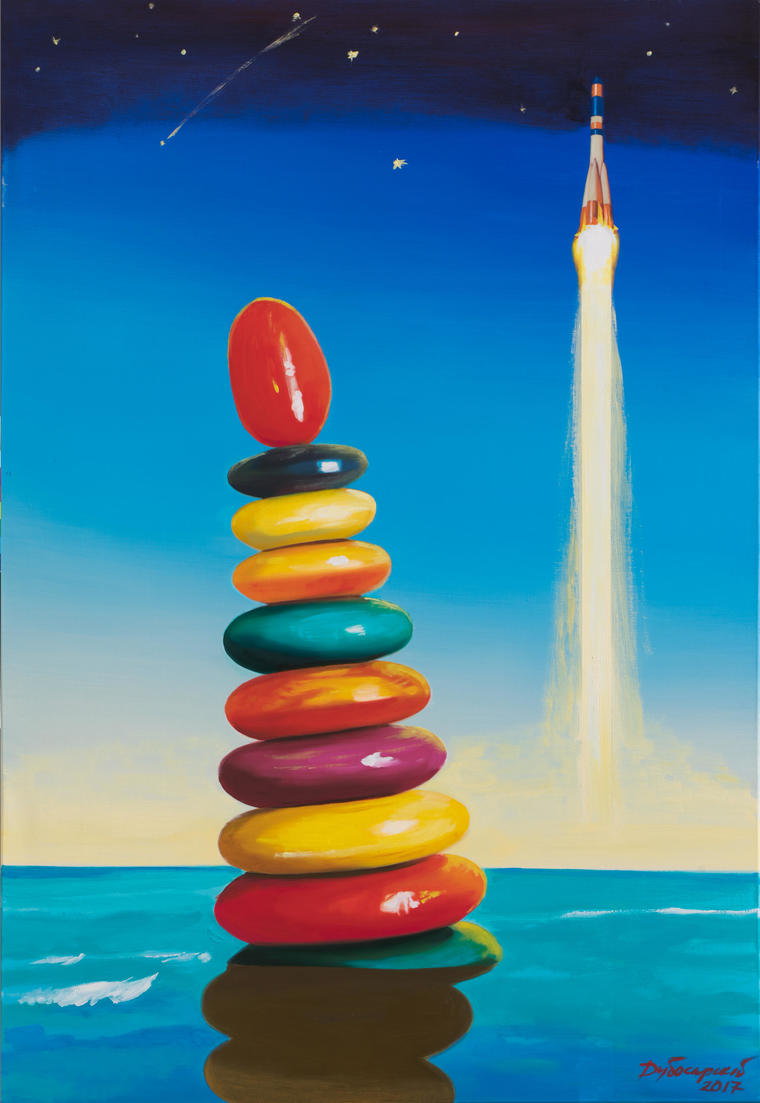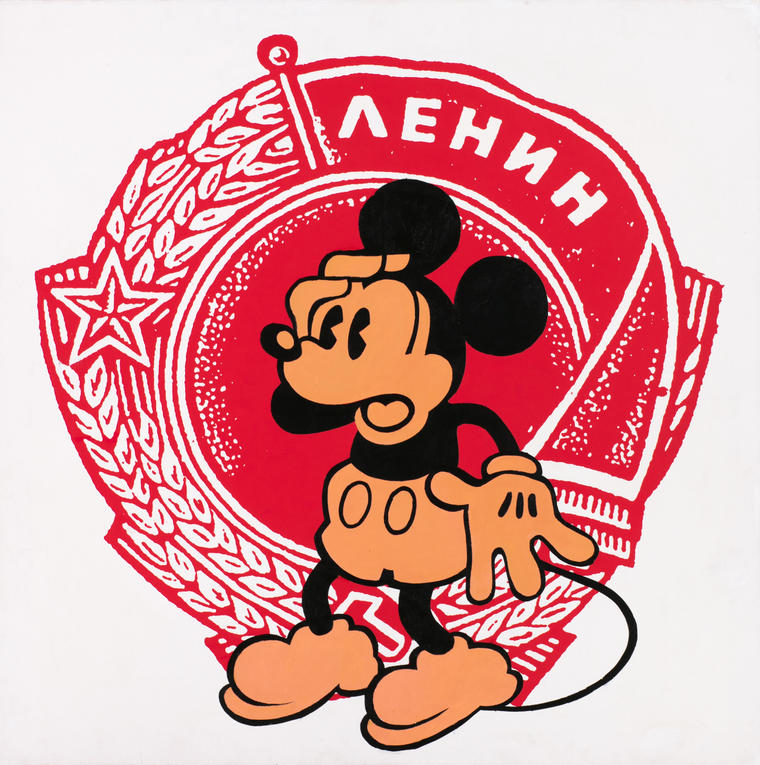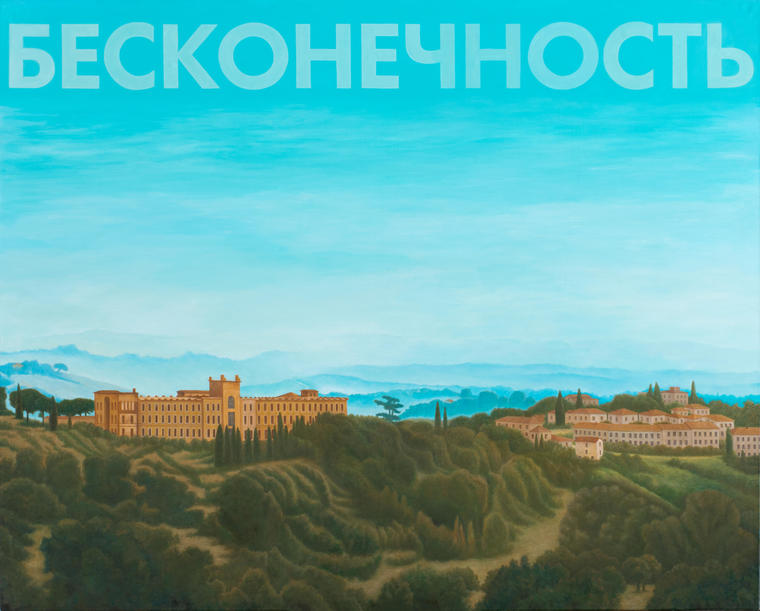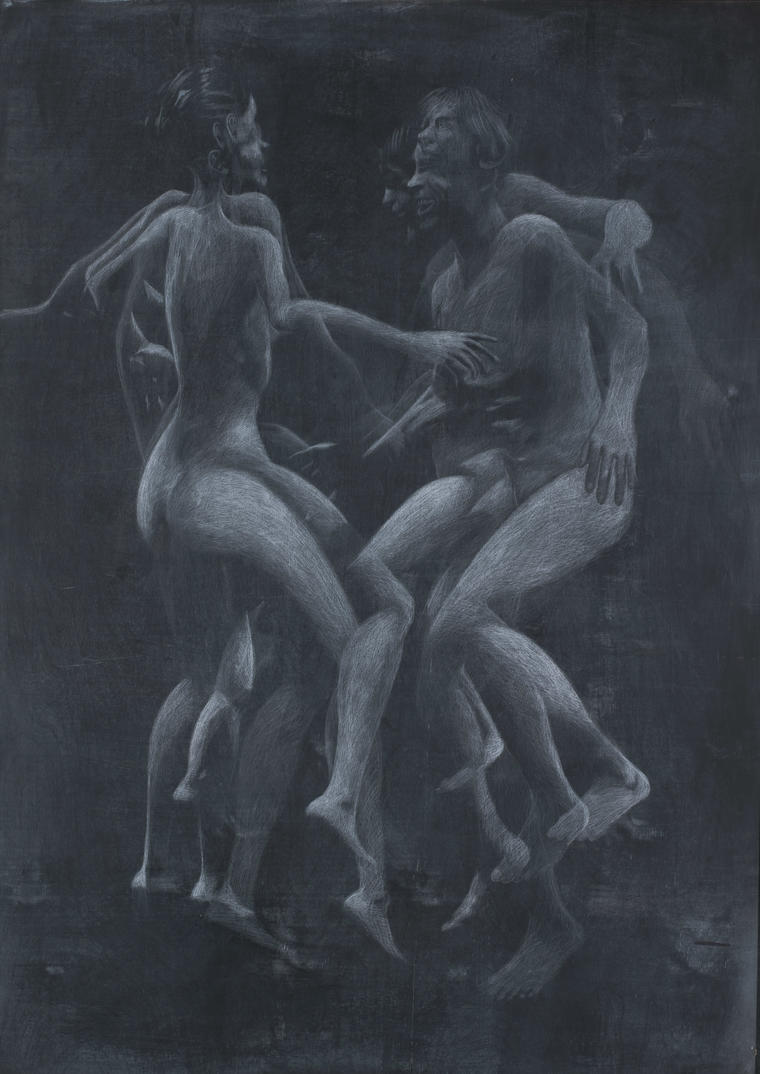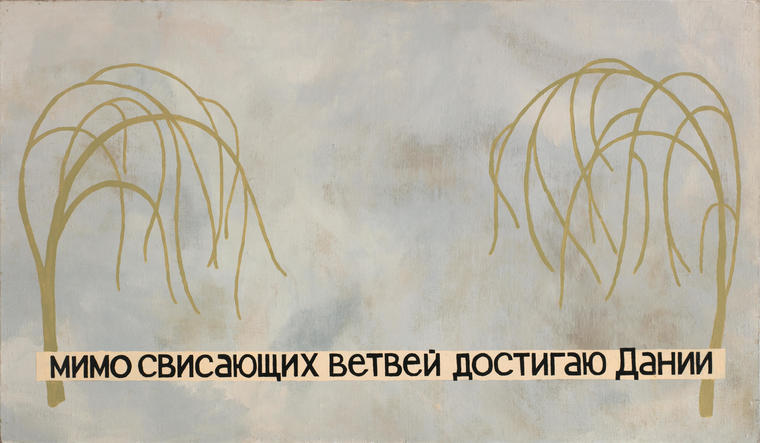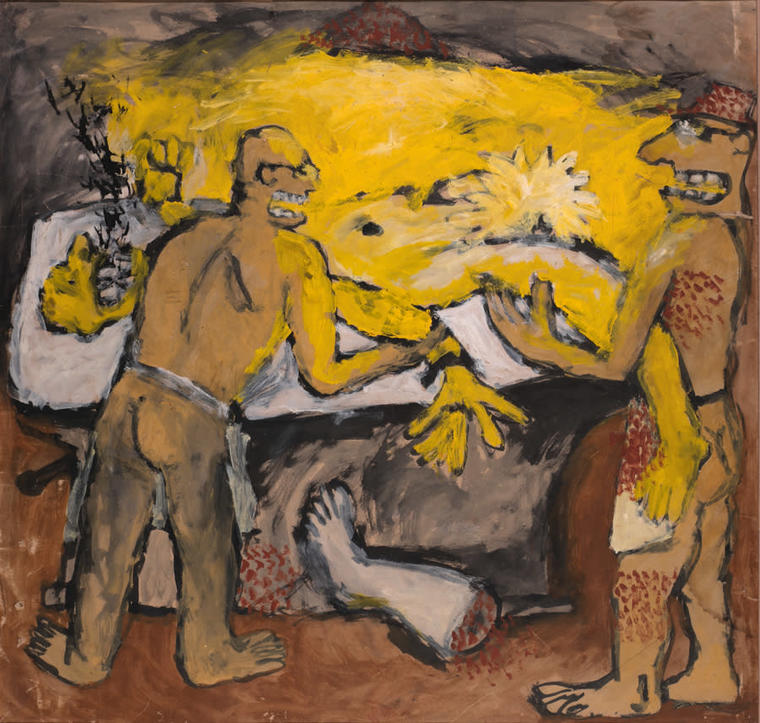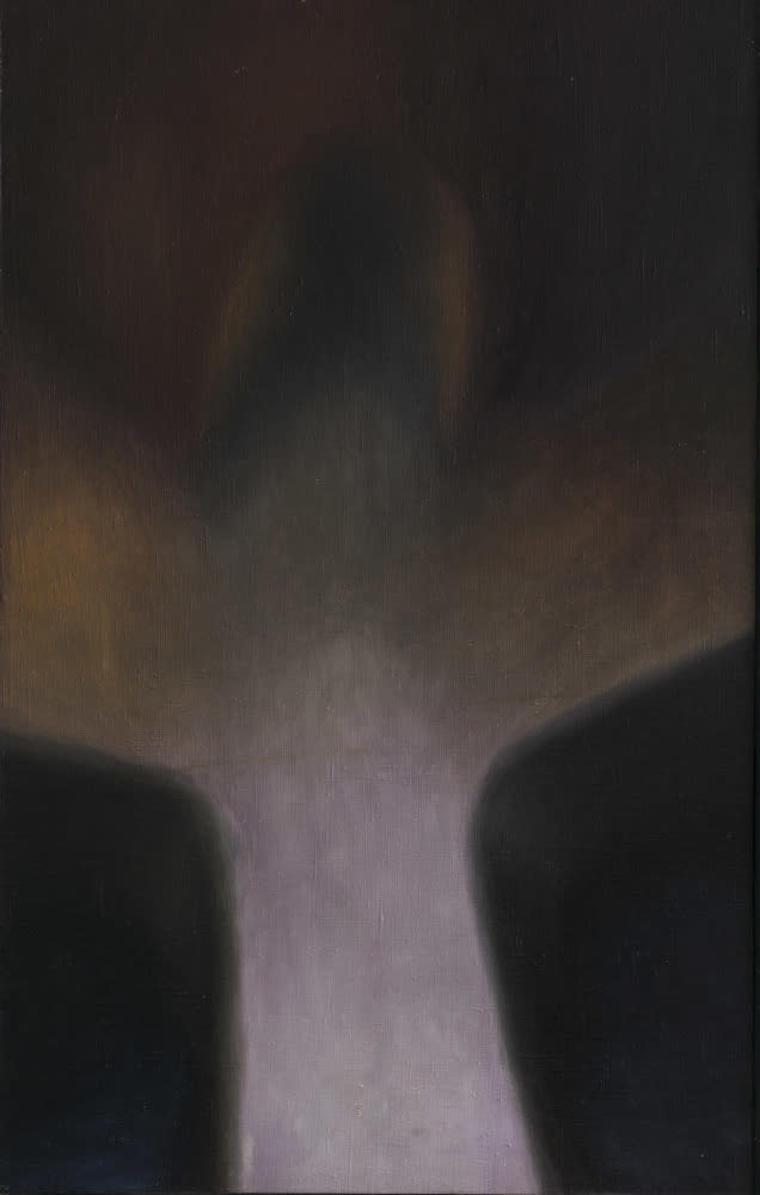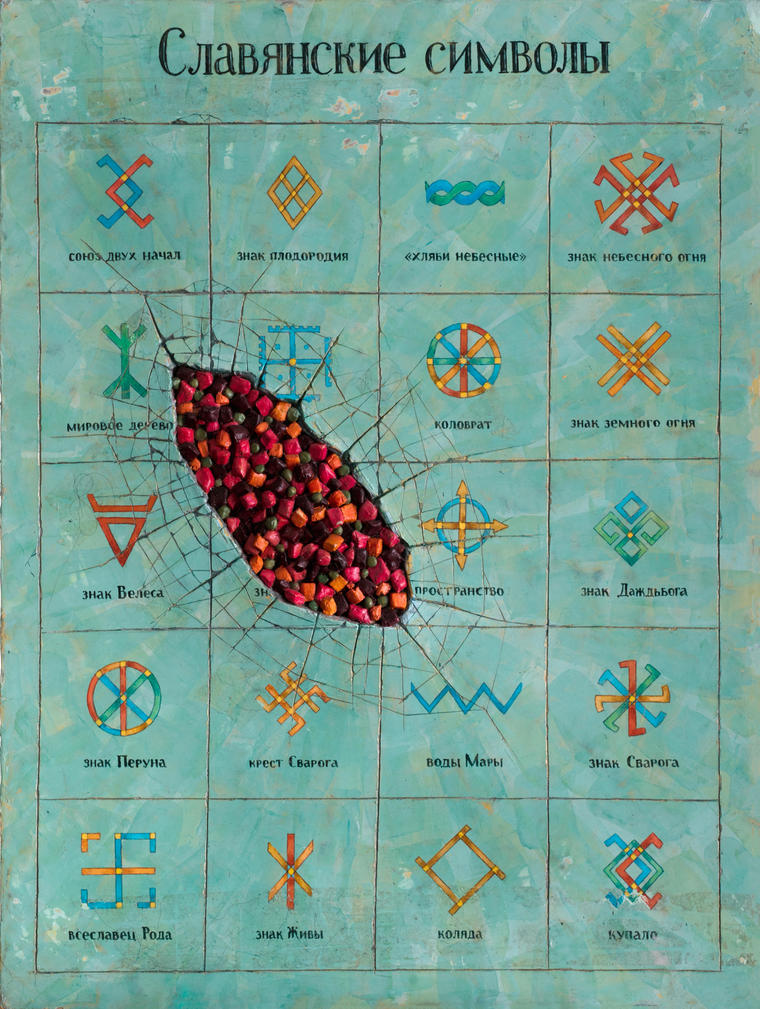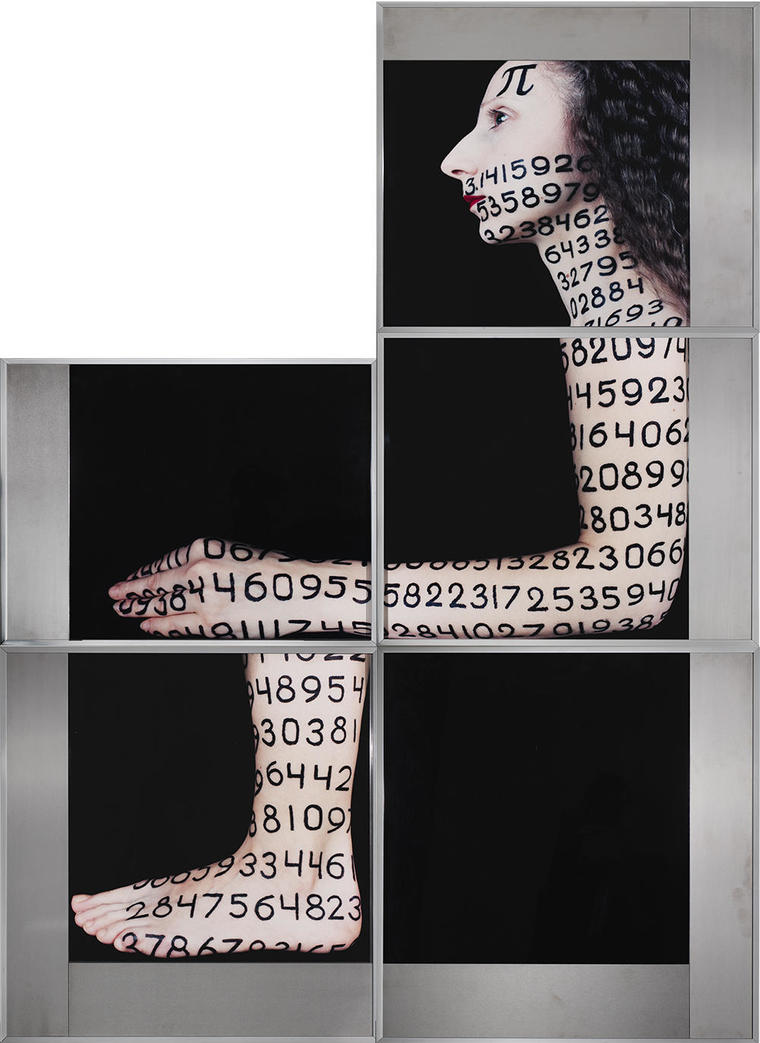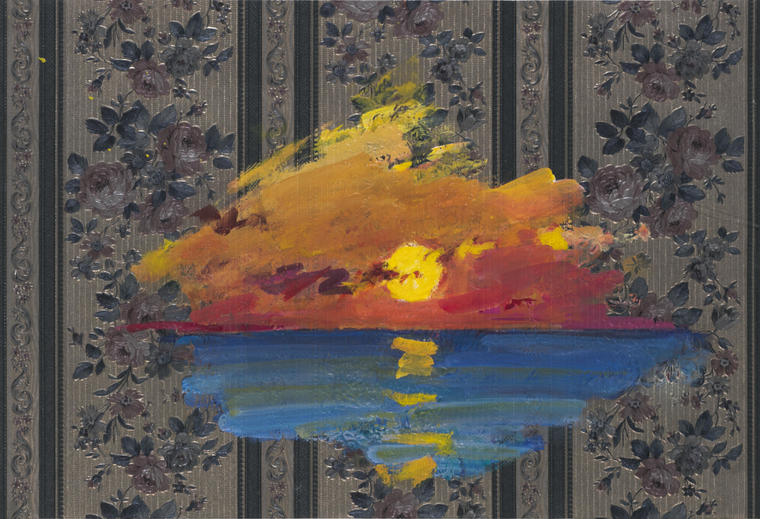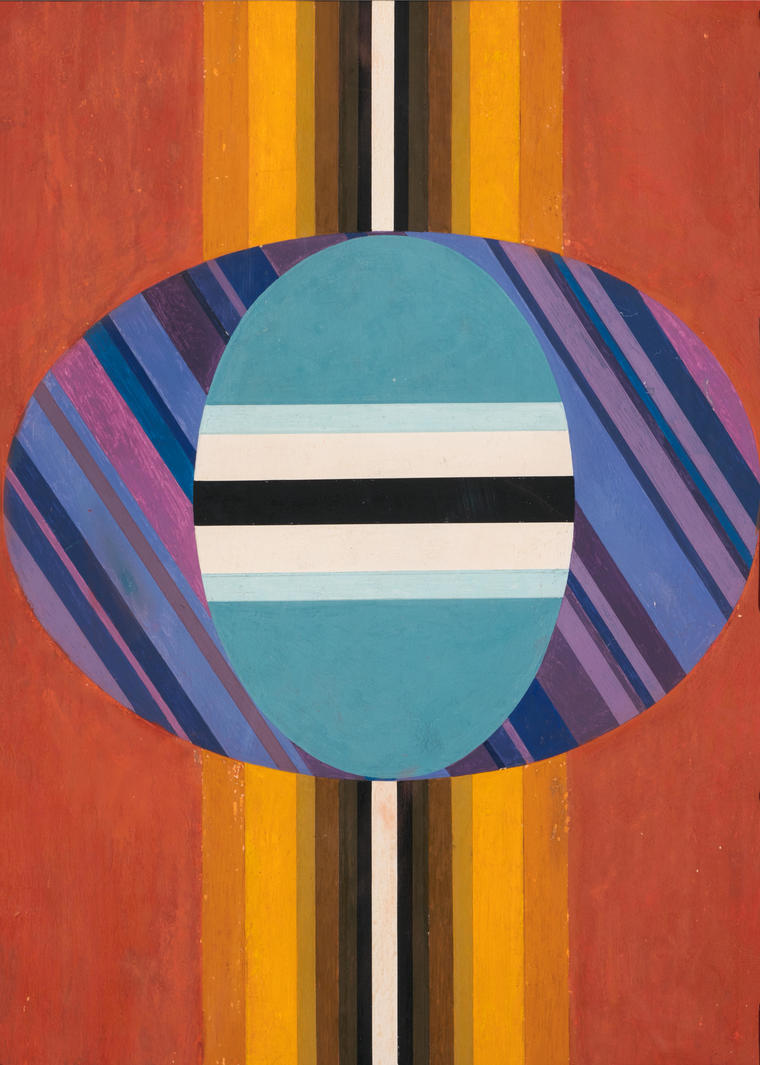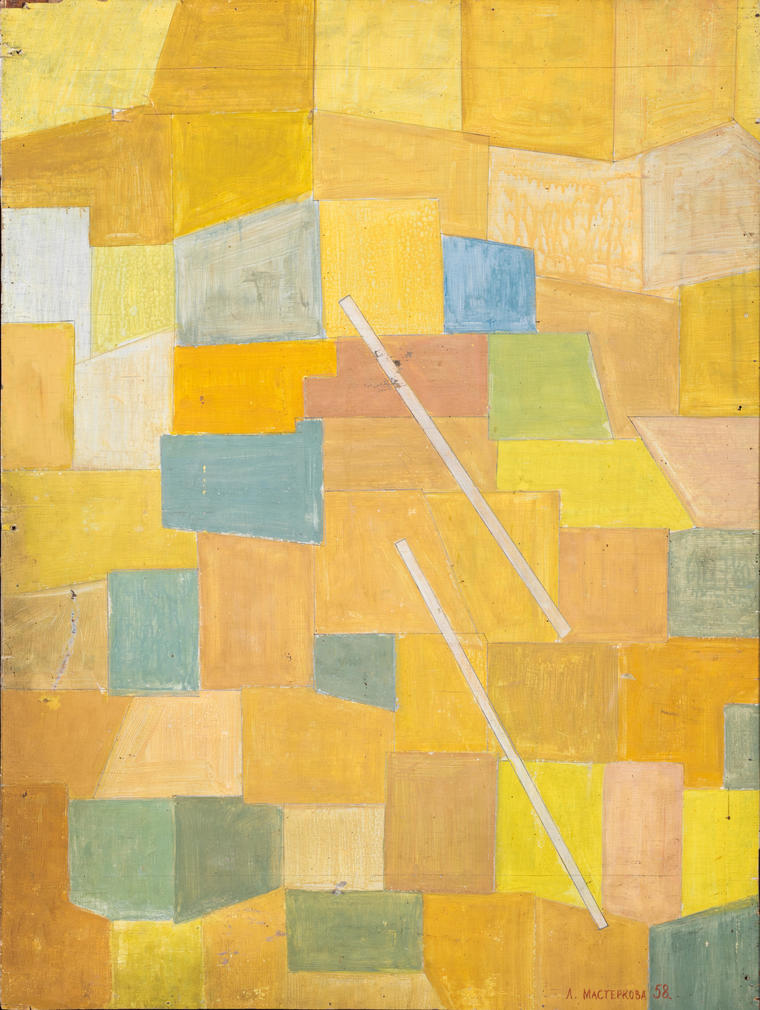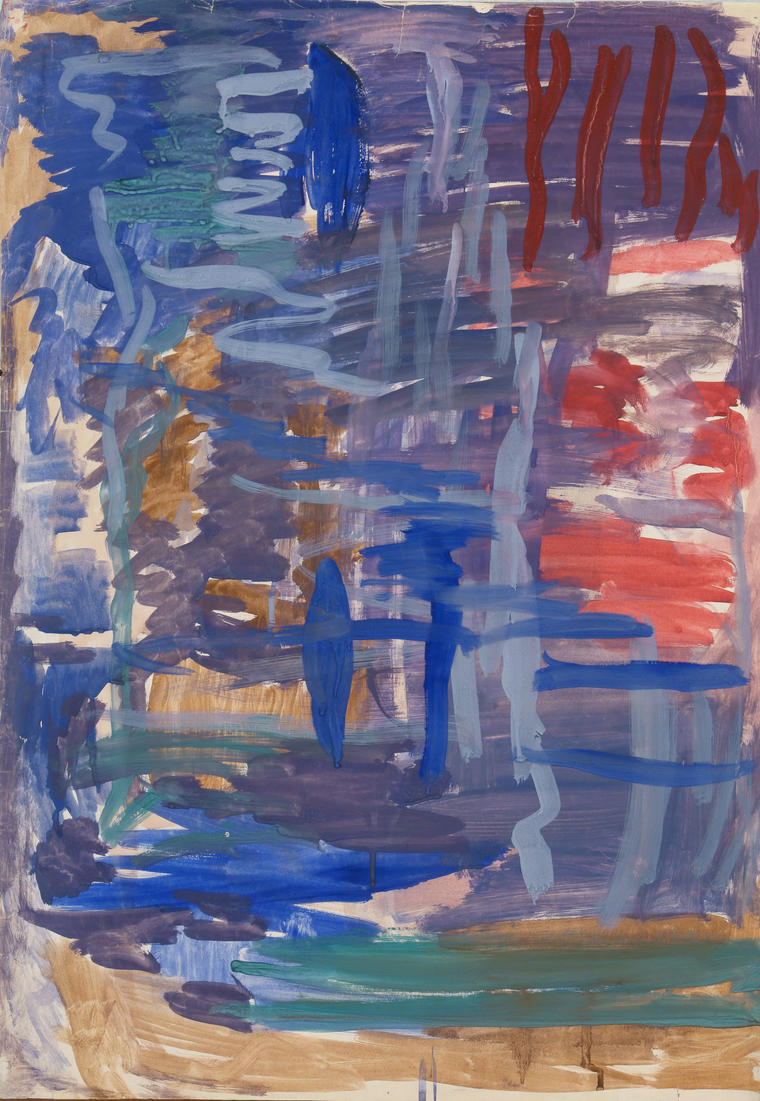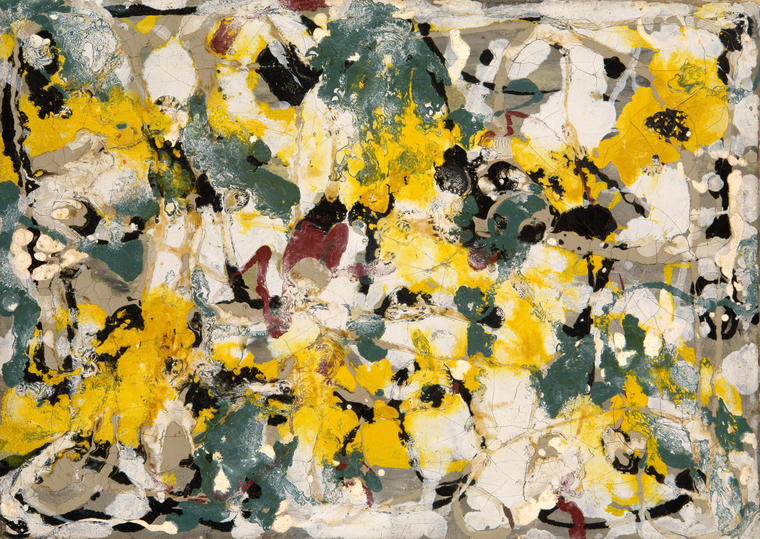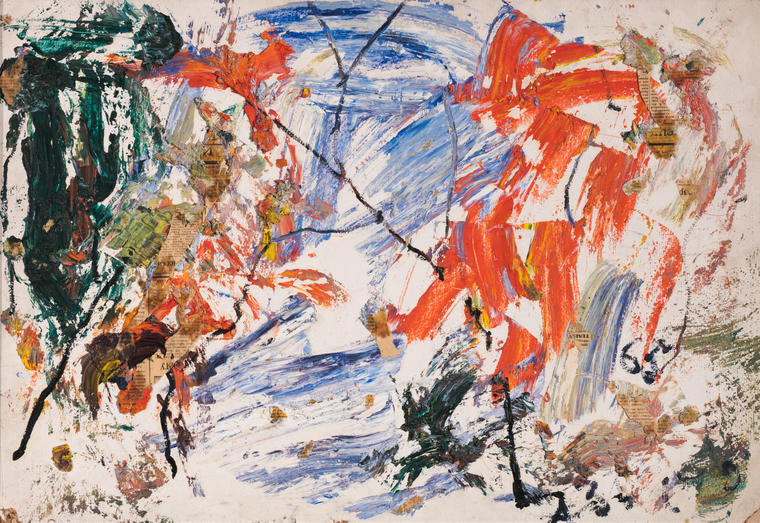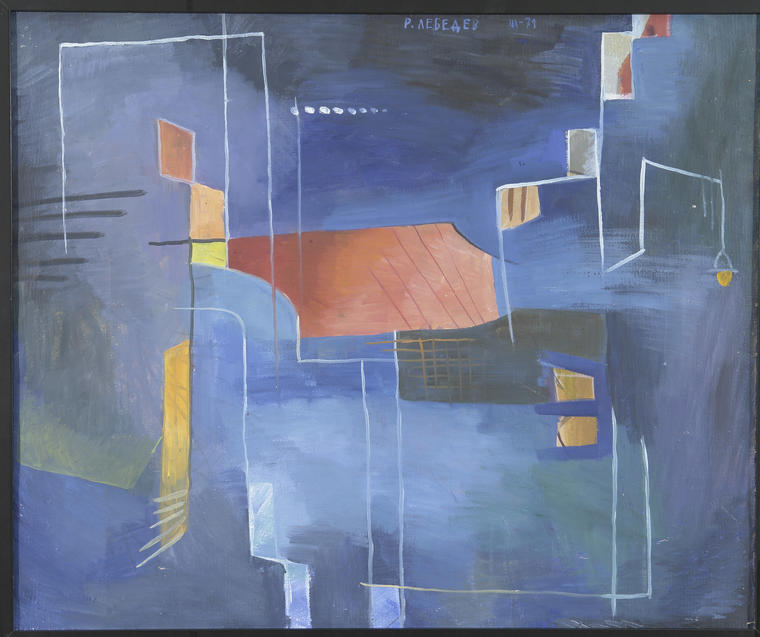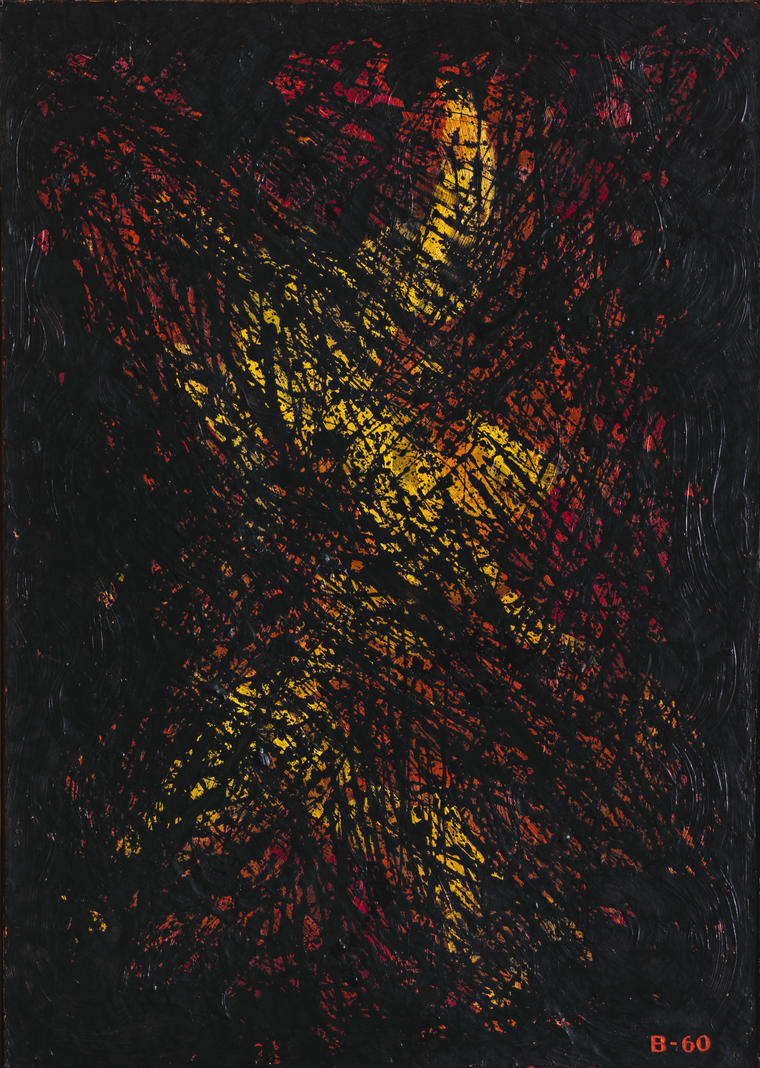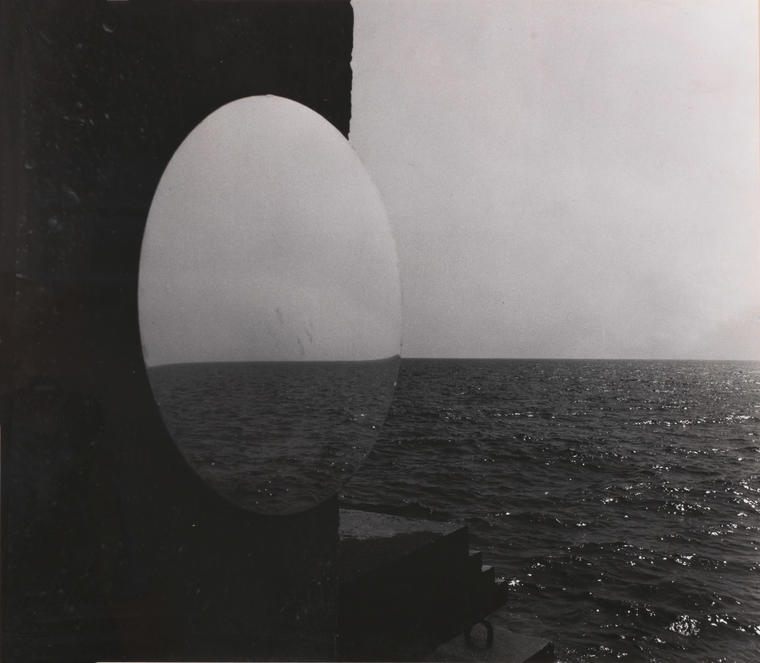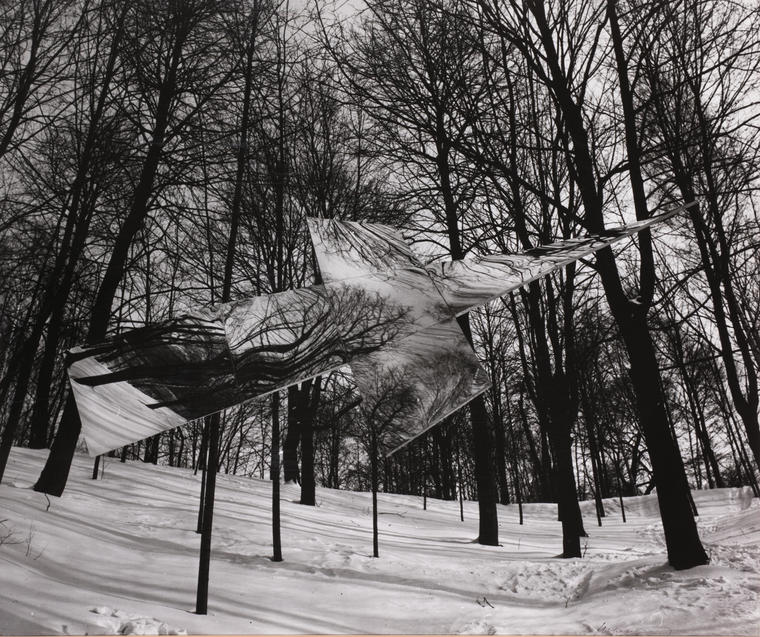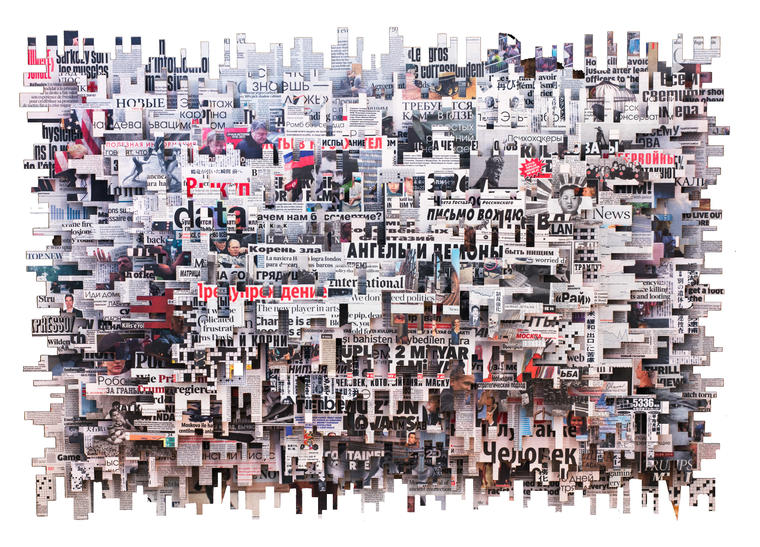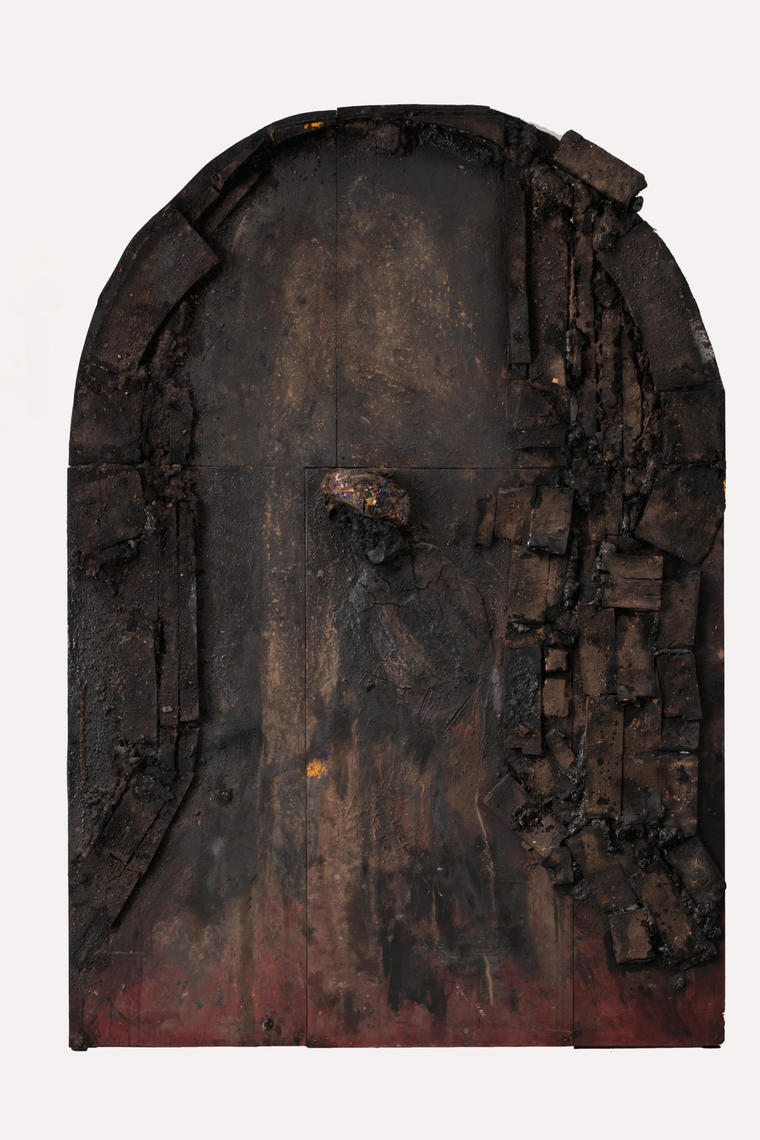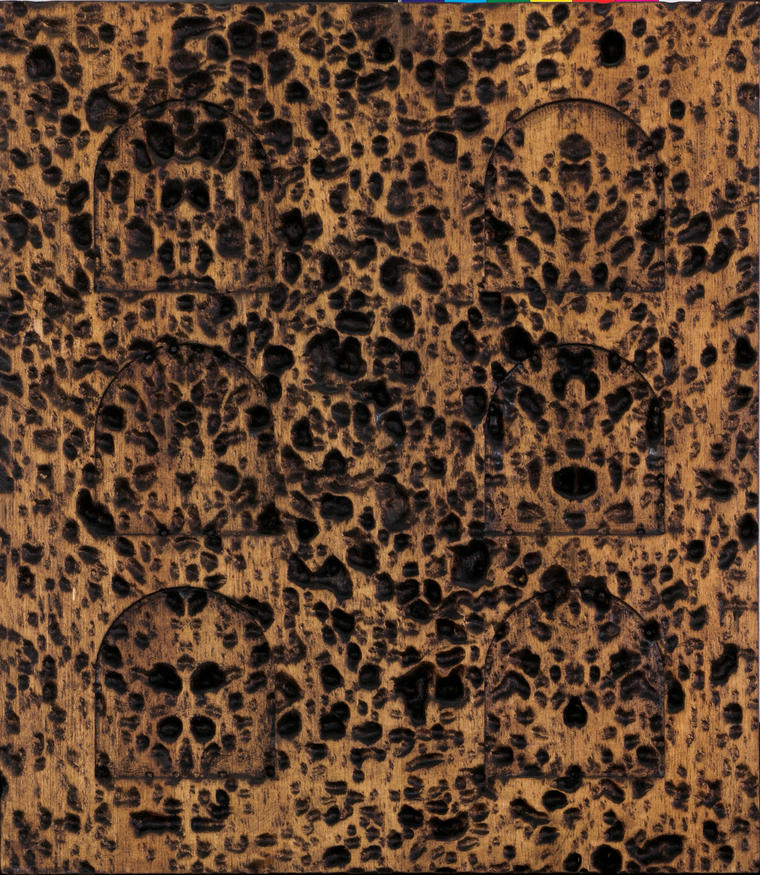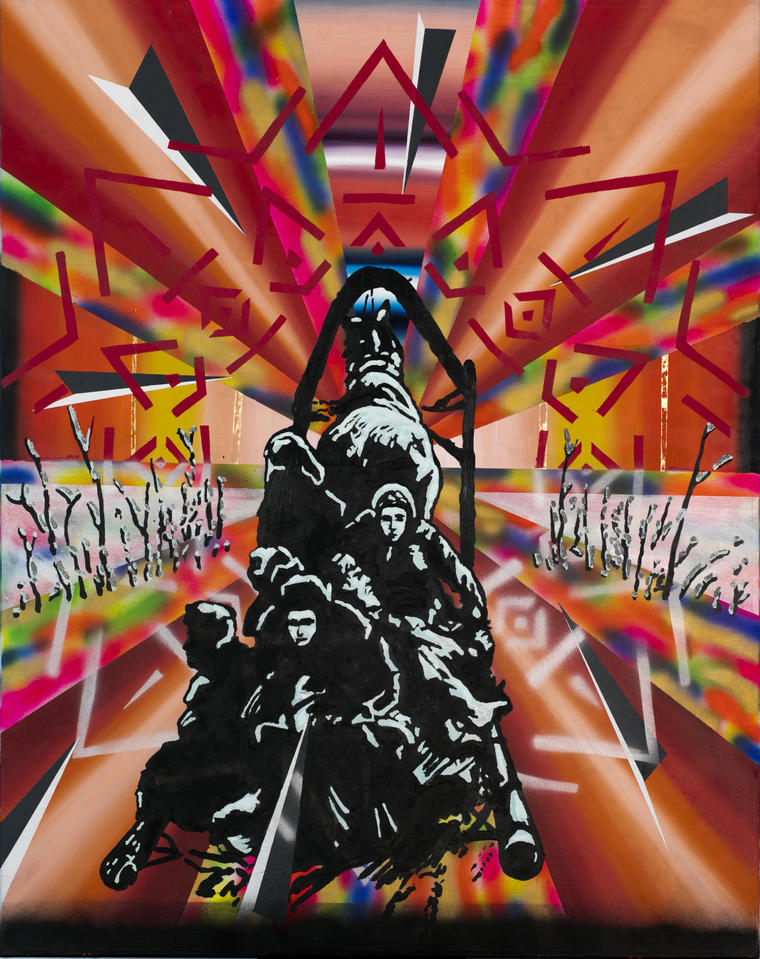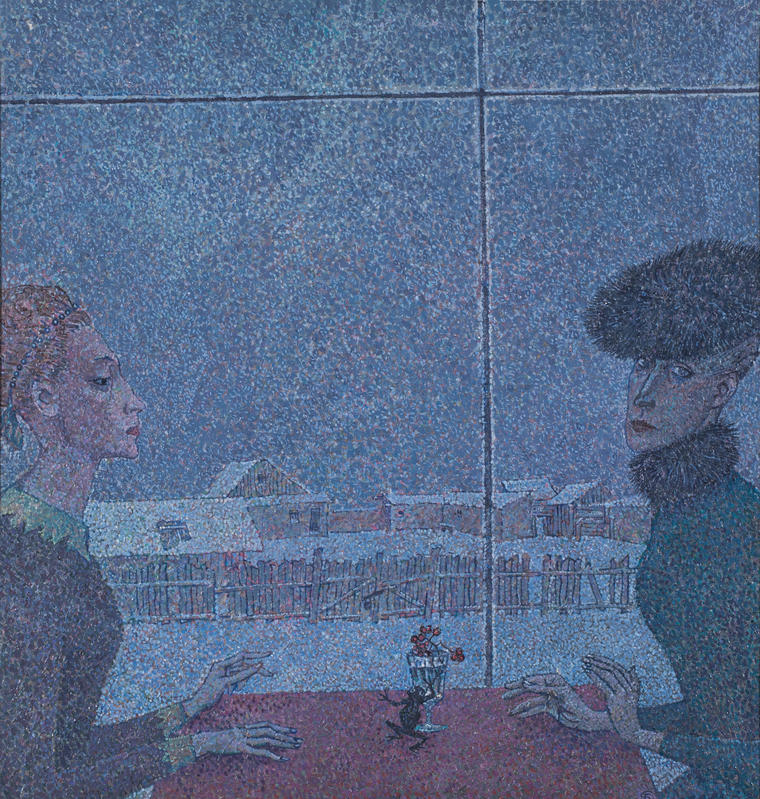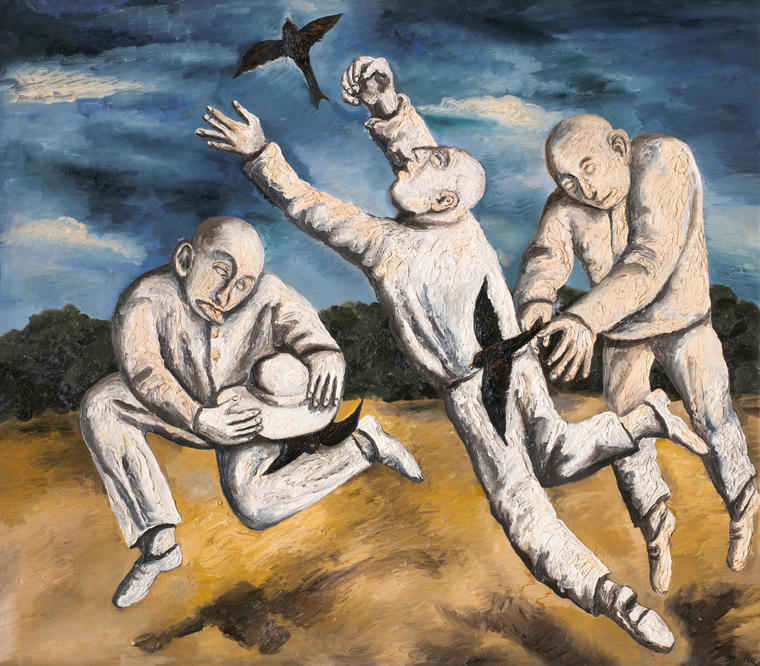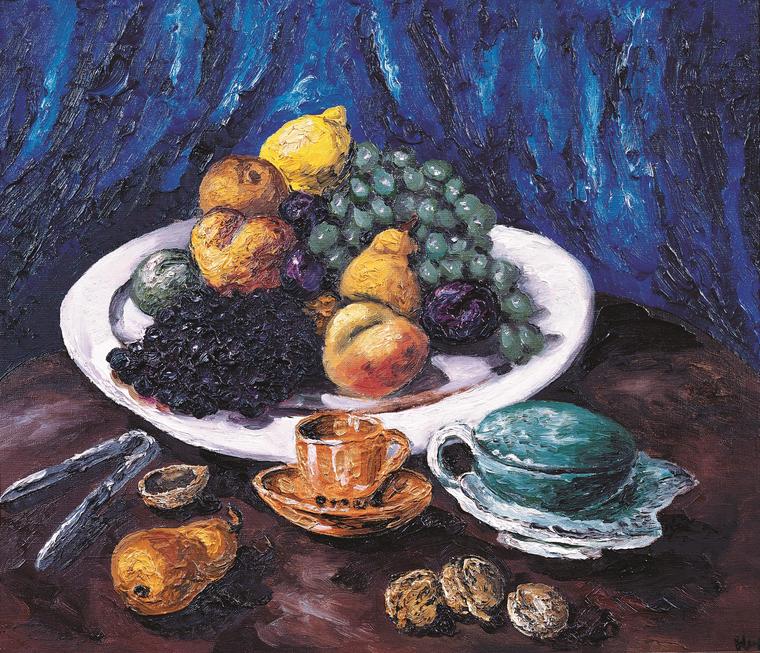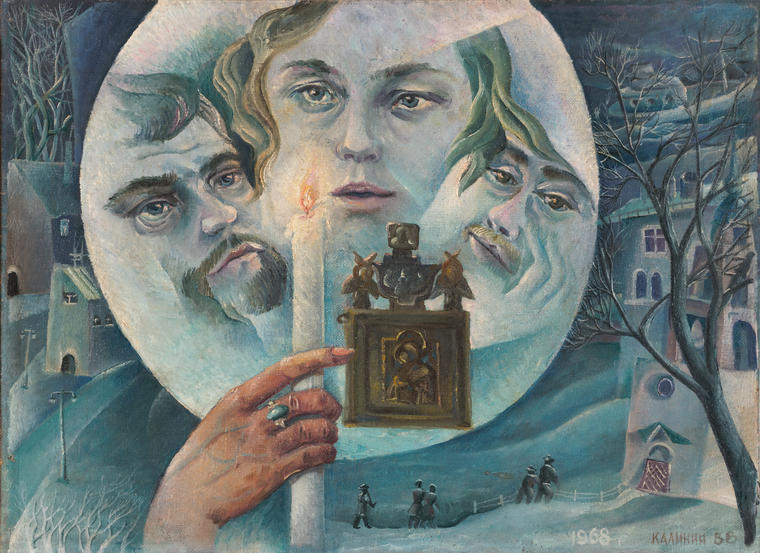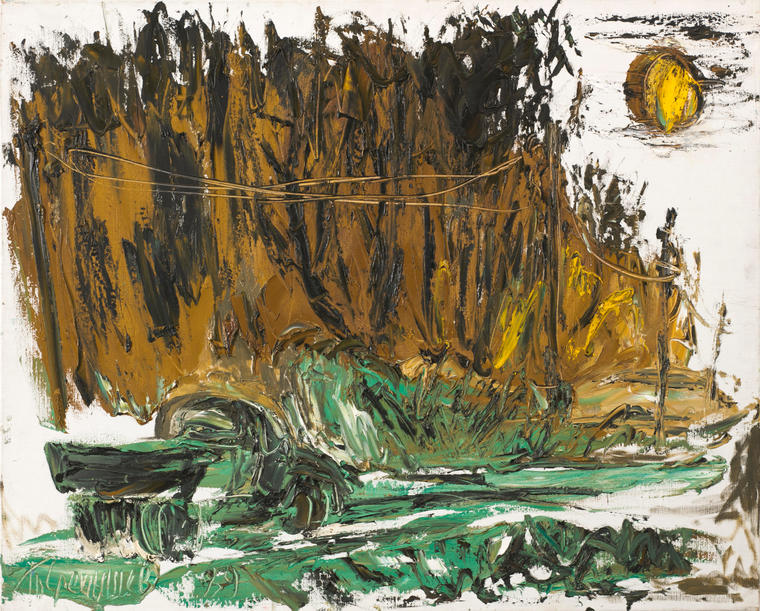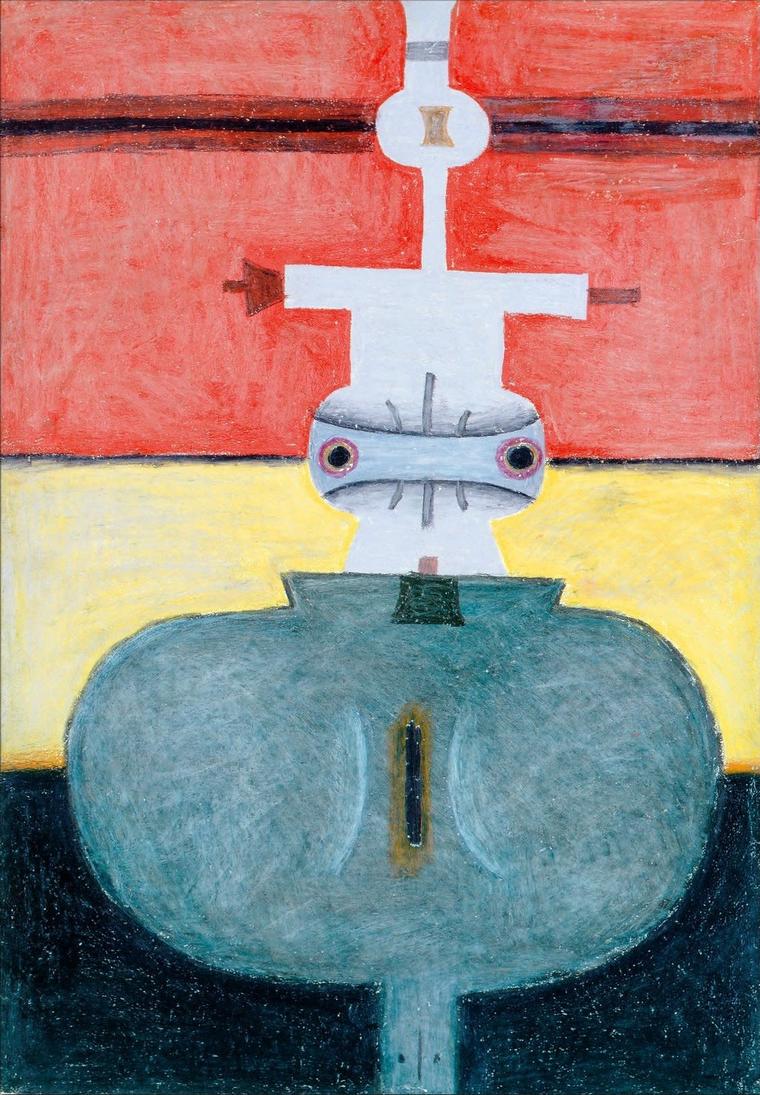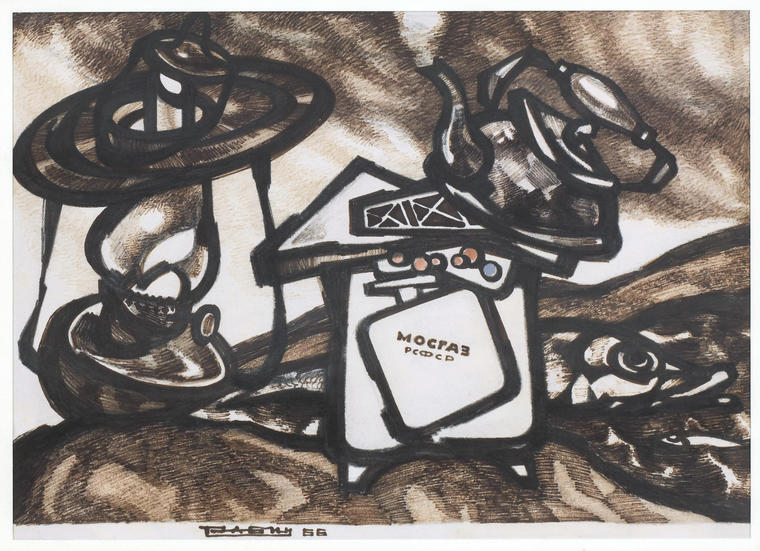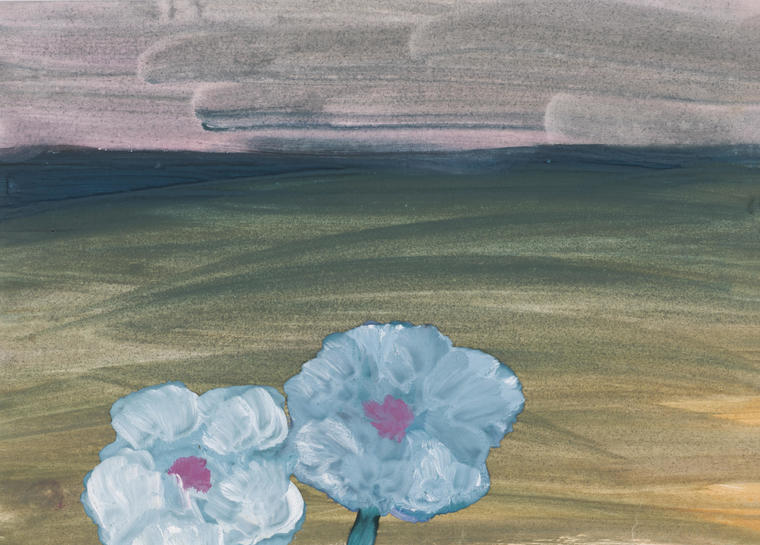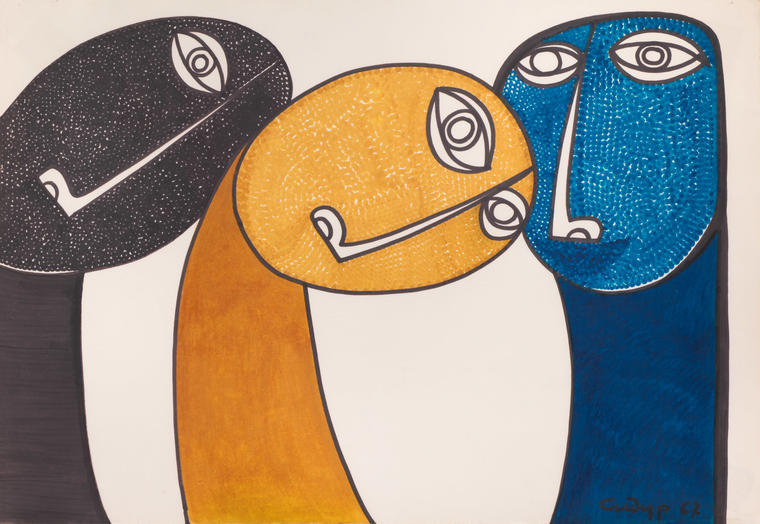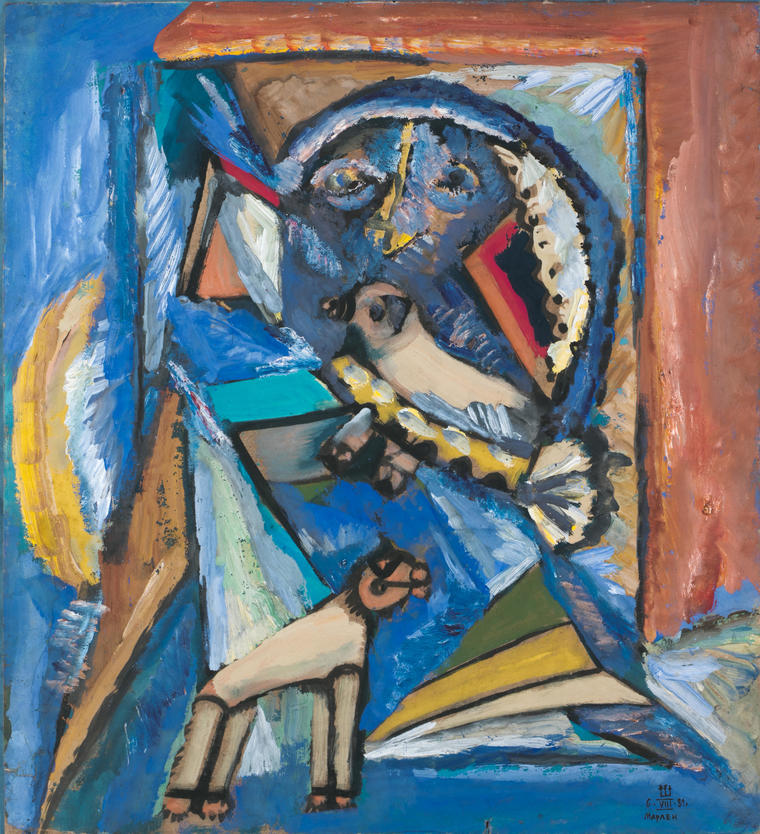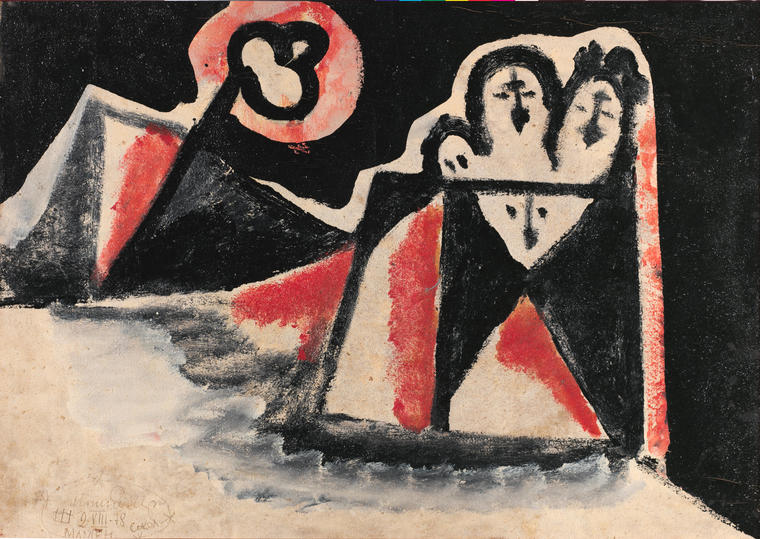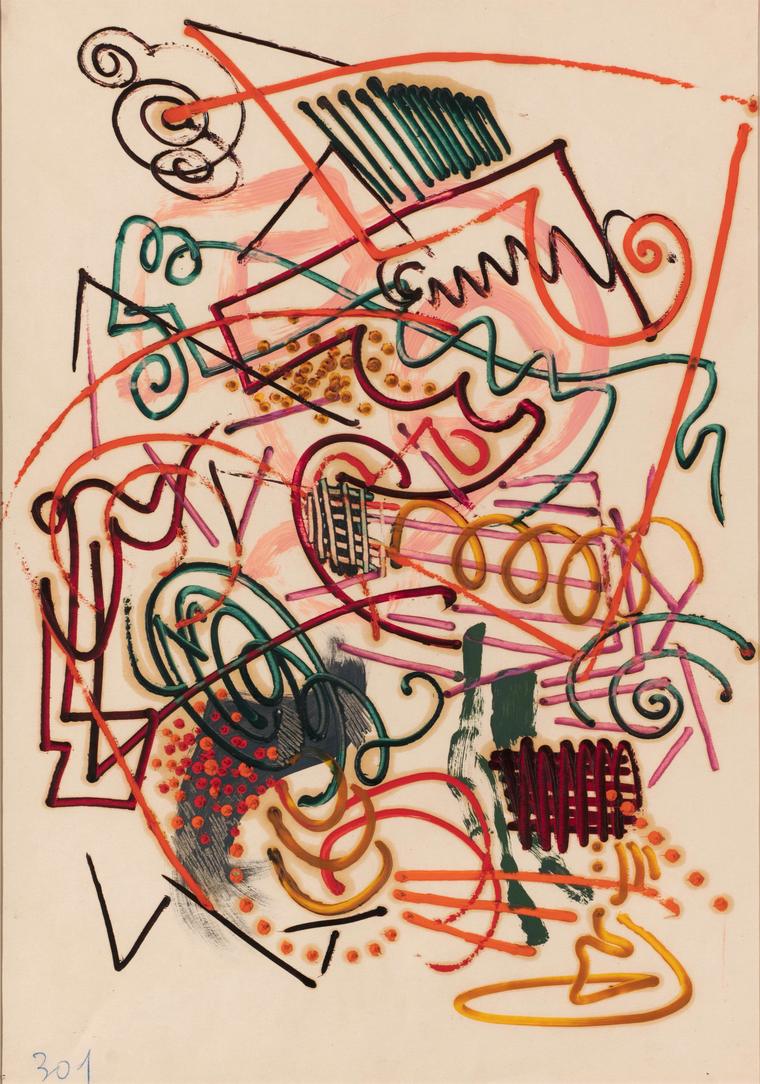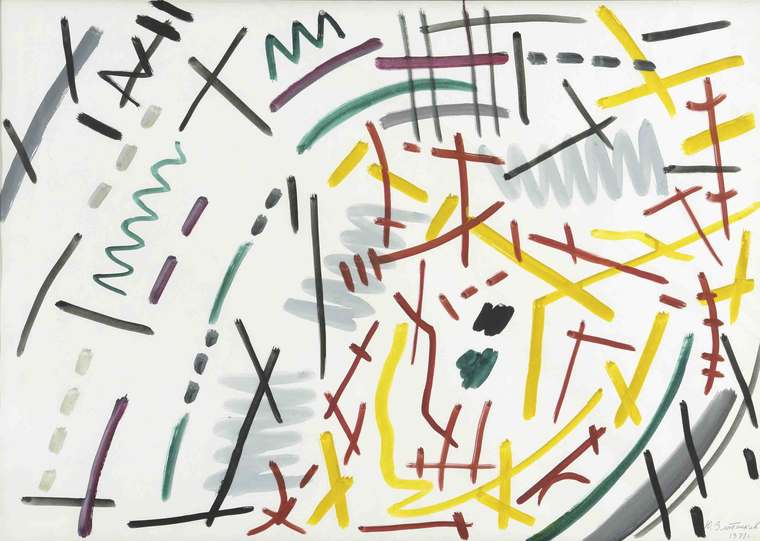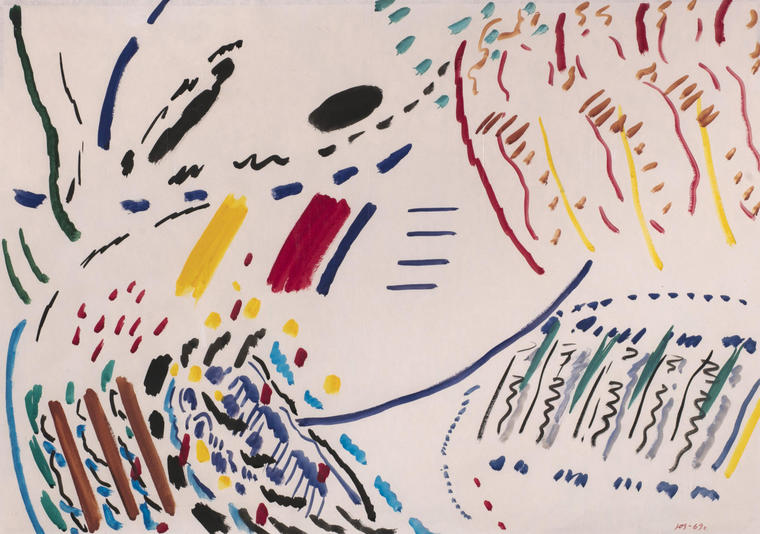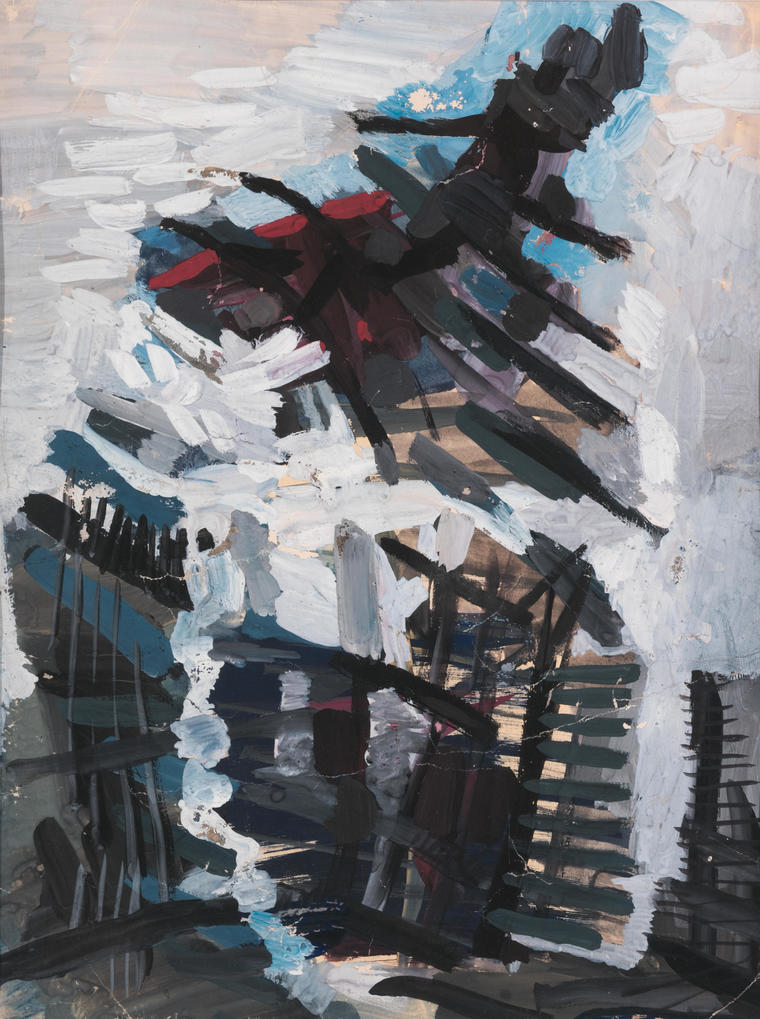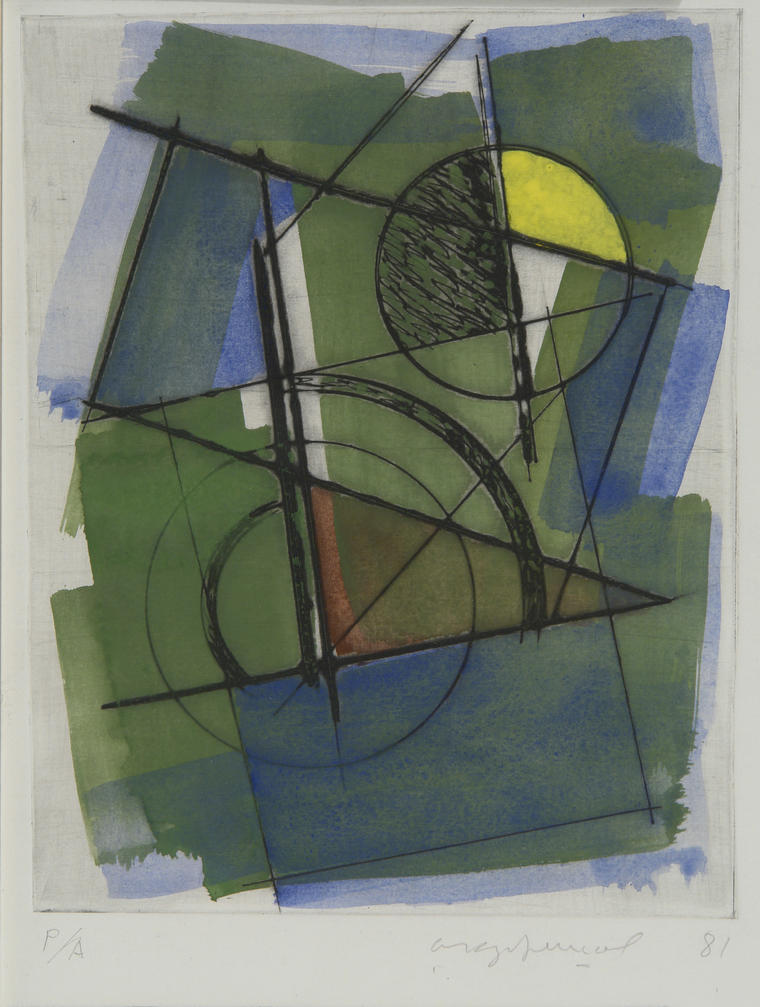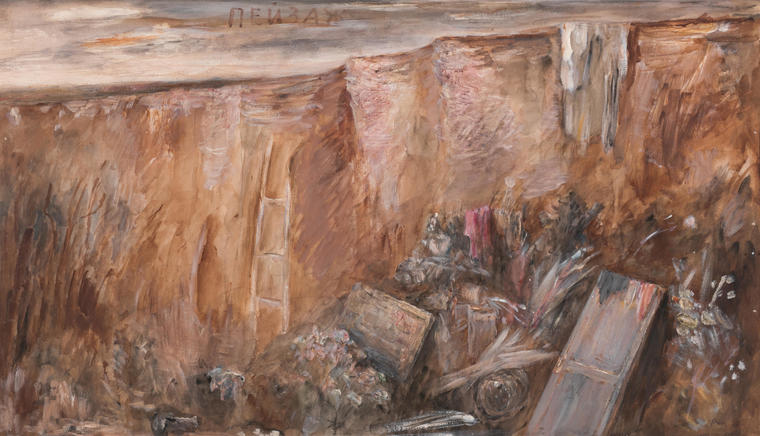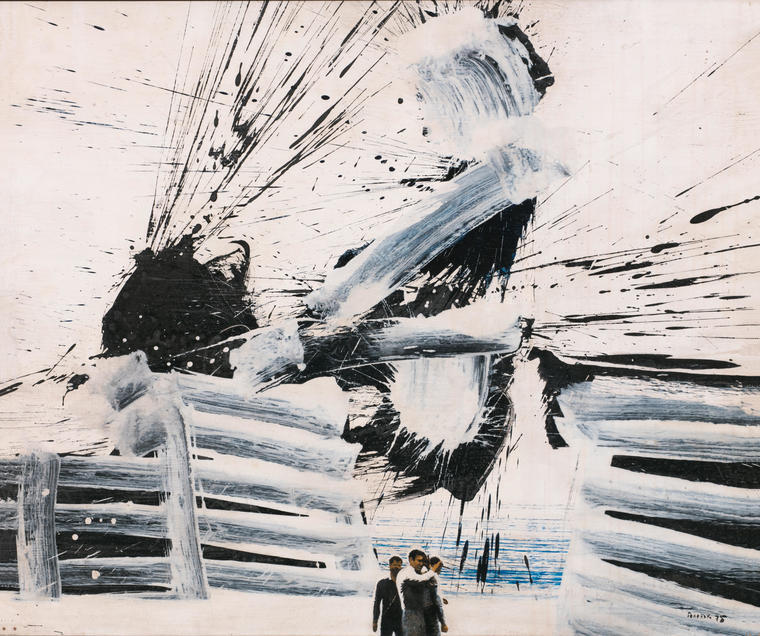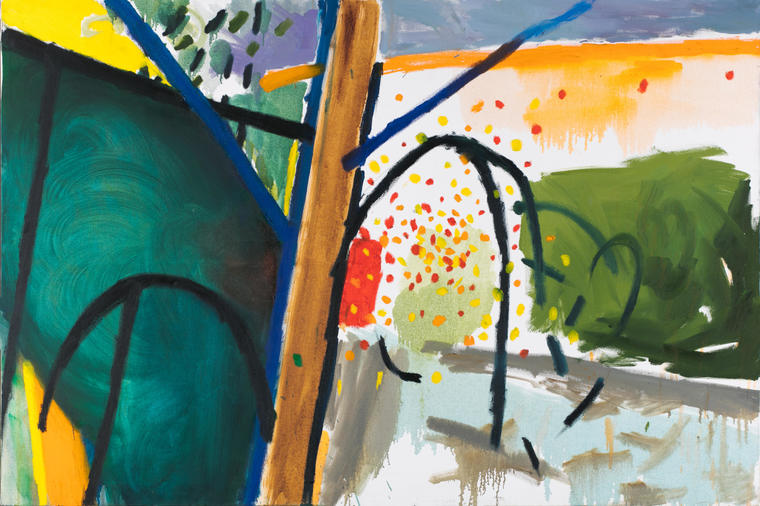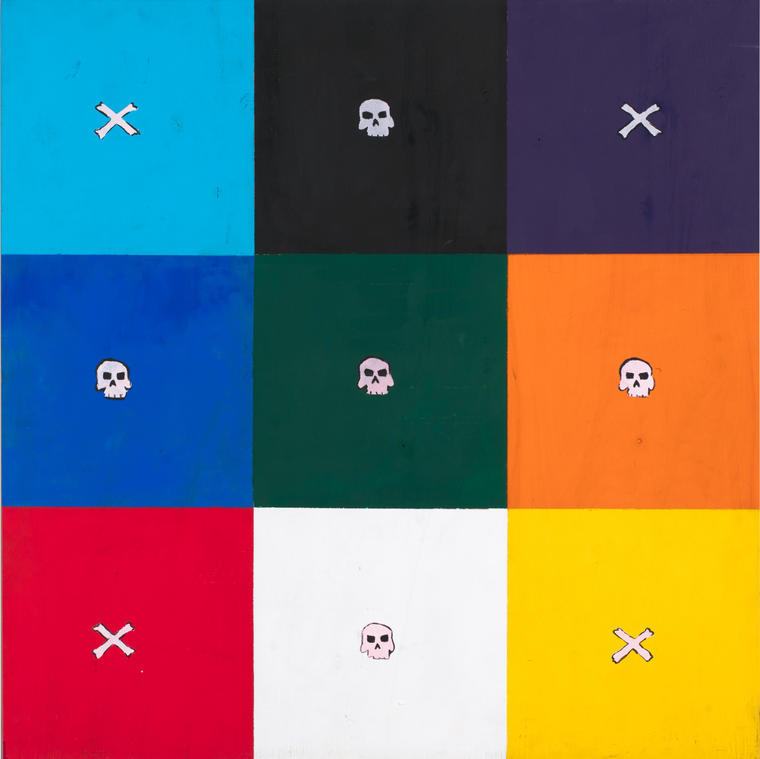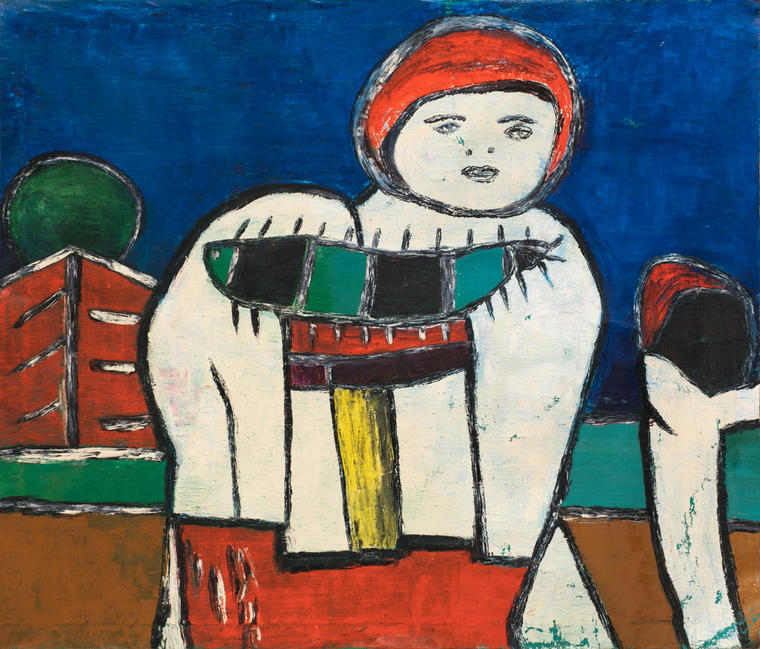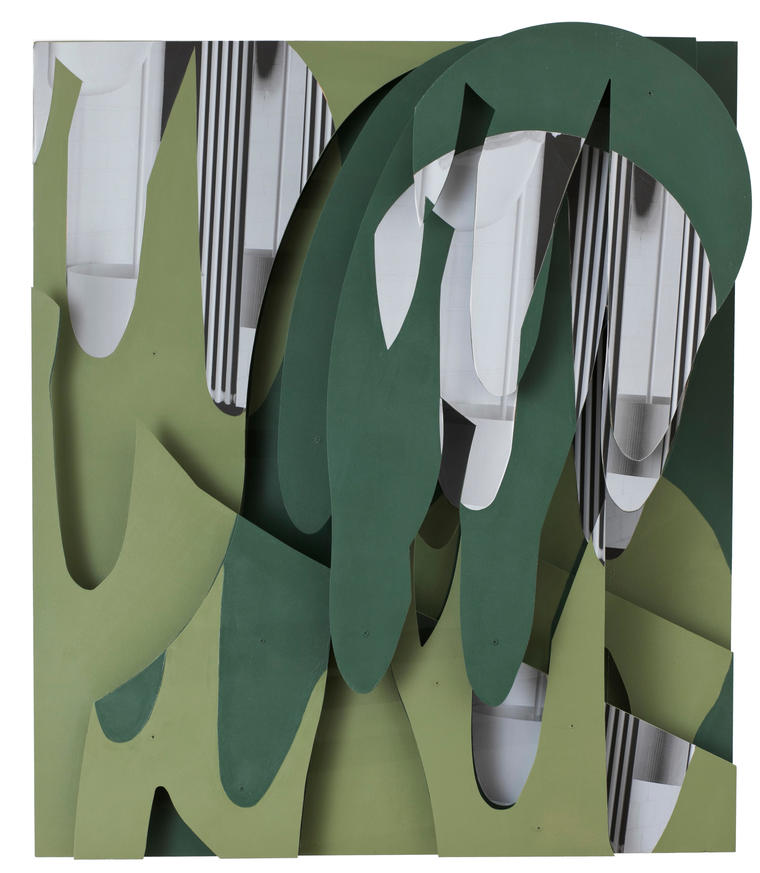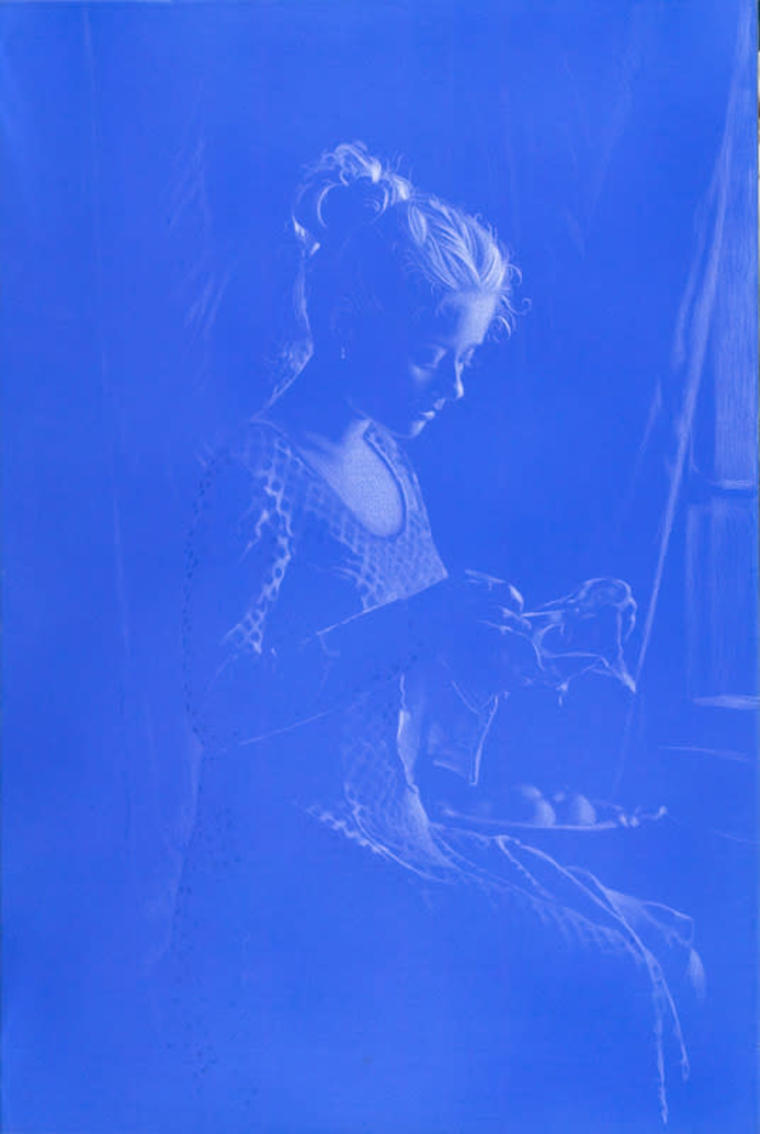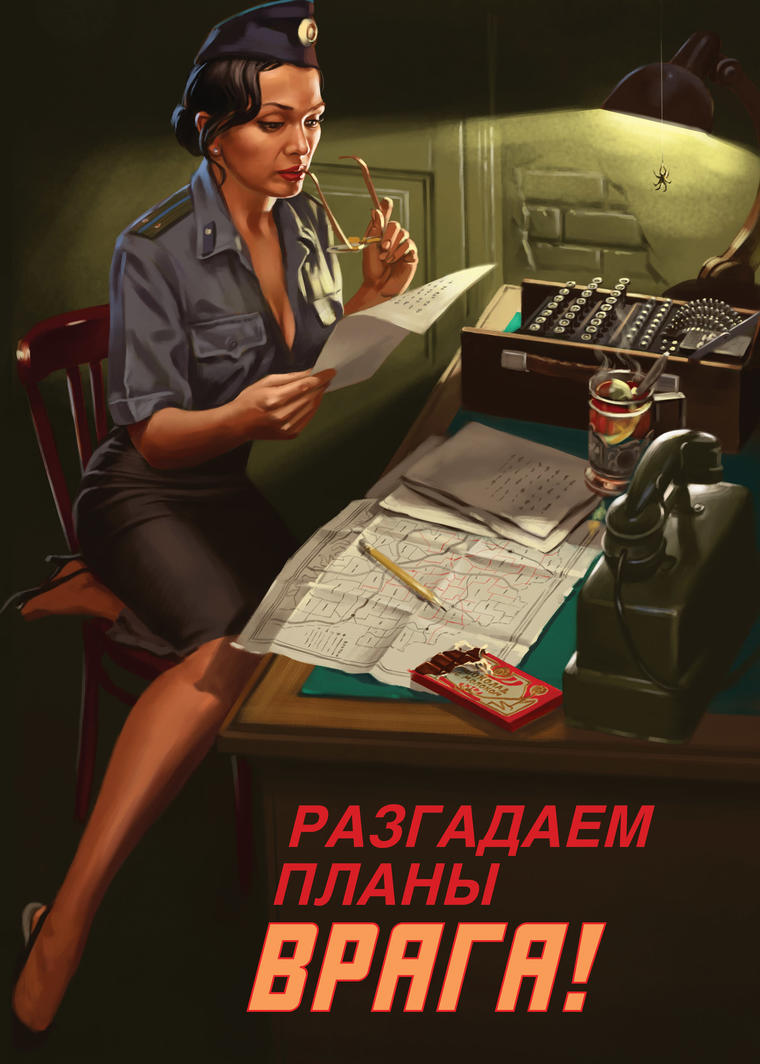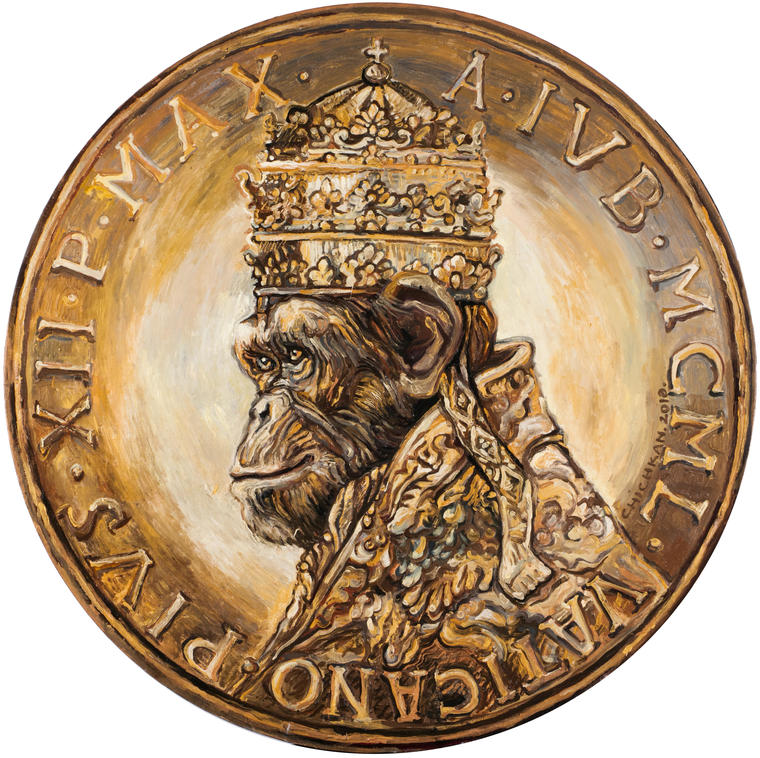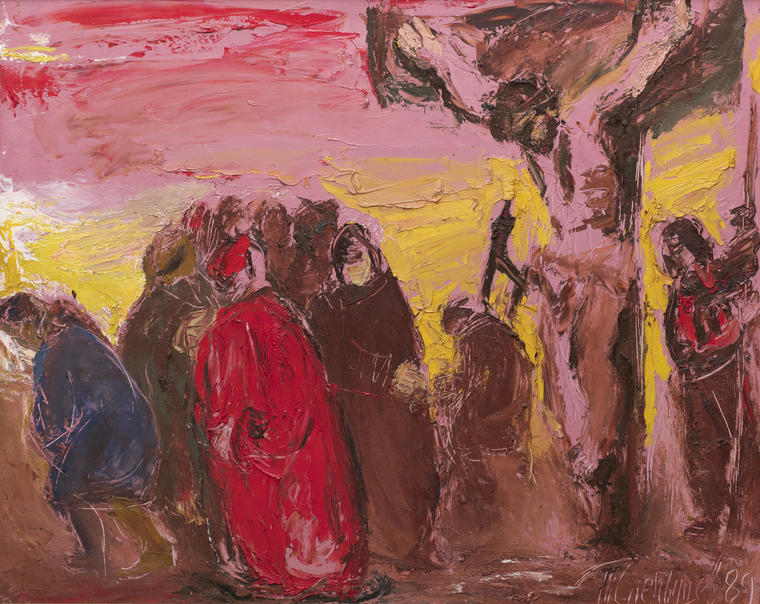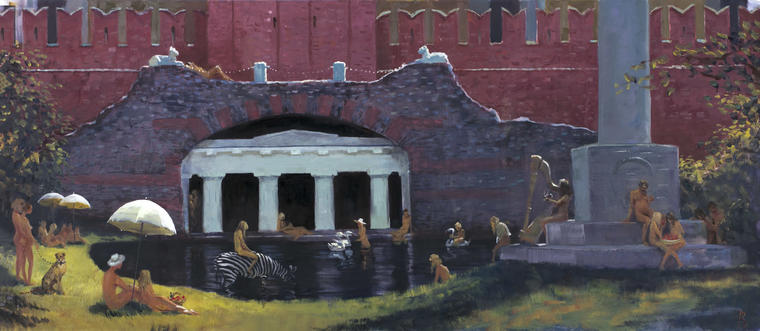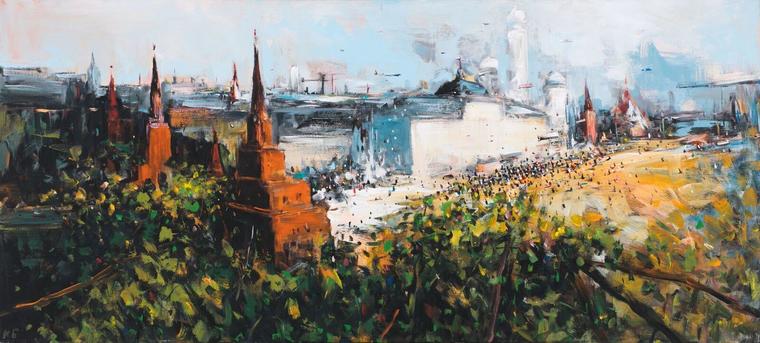Auction has ended

The work by Yuri Dyshlenko is unique in two ways: inside the evolution of the author himself and in the context of the history of Leningrad art, the leading part of which, during the creation of the work, was undoubtedly the underground – works of semi-forbidden and non-exhibited artists. Dyshlenko, not widely known in Moscow, is one of the main figures of the Leningrad avant-garde of the 1970’s. Presented «Composition» is important for the formation of his pictorial language, in which abstraction plays a fundamental role throughout this decade. For example, the large format work with the same name (in fact, the artist himself did not give names as such at that time – the conditional names under which they went down in history were assigned to them later) was almost central to the legendary exhibition in the Nevsky Palace of Culture 1975). But if in that work Dyshlenko haв already found his own language, between abstraction and figurativeness, connected with the principles of fragmentation and repetition, he was only searching for the original formal moves in the presented painting.
The «Composition» is not large, only half a meter in its vertical. The large format was a rarity then, especially for the beginning artist, – Dyshlenko was 33 years old at the time of its creation, and he did book graphics mostly. The painting is made on cardboard, a typical material for those years – on a canvas on the stretcher, the artists all the time lacked money. The work is of an experimental nature – we know that this way the author will not go. As a rule, abstract images will remain uncharacteristic for the Leningrad-Petersburg art. In this composition, the upper and lower parts of the «background» are clearly separated by a line in the middle and two colors – emerald green and maroon. The same colors, with the inclusion of brighter yellow and blue, are involved in the construction of the remaining elements of the image. The dividing lines are made with a handle of a brush along a densely laid oil paint, which causes a sufficiently geometric structure to be filled with expression, with lively movement. It can not be called completely abstract: it rather resembles a certain head; in any case, the base in the form of the neck, the conventional «facial features» and the completion, similar to the bowl, are clearly discernible. Such an image can be attributed to the type of «metaphysical heads» most vividly represented in the early works by Mikhail Shvartsman: he had a steady number of fans in Leningrad, among whom, perhaps, was Dyshlenko. In a broader sense, the "Composition" refers to the visual world of Paul Klee, very popular among young Soviet artists, keen on abstract art: just like Klee, the image balances on the verge of a distinguishable sign and spontaneous drawing in Dyshlenko's painting.
The turn of the 1960’s-70’s and specifically 1969 are very important for our art. This year was a turning point for many authors, for the formation of a conceptual line that soon found itself in the mainstream of unofficial art. Dyshlenko is one of the few Leningrad artists who can be put on a par with the largest Moscow artists. Premature death prevented him from realizing in full, and the key works concentrated mainly in one museum collection, which are rarely shown. During the time of Perestroika, authoritative New York gallery Phyllis Kind worked with Dyshlenko, that gallery brought such artists as Eric Bulatov, Oleg Vasilyev, Ivan Chuikov, Semyon Faibisovich, Irina Nakhova to the artistic forefront. But, unfortunately, not a single major exhibition of the works by Dyshlenko was held in Russia after his death in New York in 1995. We are still waiting for the «discovery» of this master.
The «Composition» comes from the collection of the artist's brother, writer Boris Dyshlenko, one of the most important representatives of the Leningrad literary underground.
Sergey Popov
